Premature evacuation, part eighteen.
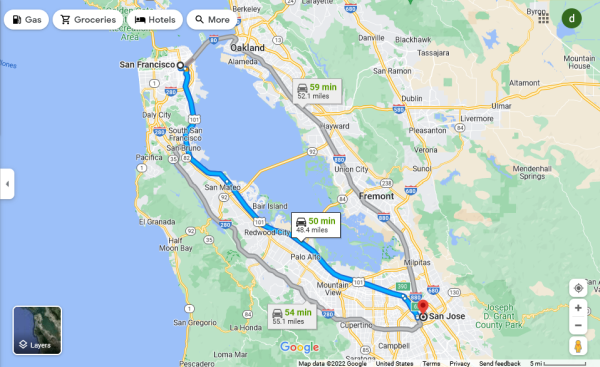
48 miles.
DAY SEVENTY-ONE
Tuesday, November 6th
When we got up, we spent the day exploring Lands End, the coastal park that rested literally on the edge of the continent. We parked, walked by a stupid golf course, and hiked down a whole lotta steps until we got to where the sand and rocks were. We went out to Eagles Point where the cliff's ledges provided an amazing view of the Golden Gate Bridge in the distance, white-tipped waves crashing against rocks down below, and sea lions popping their heads out from under them. We also got to see the hidden labyrinth. An "unofficial" addition to the park by local artist Eduardo Aguilera, he first constructed it in 2004. Unknown jerks had destroyed it twice, but Eduardo just keeps rebuilding it.
A few miles from there, overlooking the beach on the Pacific Ocean, was a big, walk-in camera that, using the Renaissance method of the pinhole camera, reflected a clear, rotating view of it all into a dish inside the dark body of the building. The Camera Obscura only cost $3 cash to visit and didn't need electricity. A big lens sat and slowly spun on top, allowing light to travel inside, beaming against a table that sat in the center of the small room as a parabolic screen. It was fascinating. Along the walls was a small collection of holograms. It sat beneath The Cliff House, a bougie restaurant. Across the beach and out in the midst of the waves were a group of islands called the Seal Rocks, though they were covered in pelicans.
We continued walking along the area, looking down at the beach. Someone had written "VOTE" in giant letters in the sand, which made me cringe so hard that it made my stomach hurt. We couldn't fucking escape the self-congratulatory bullshit that came along with a bunch of liberals opportunistically feigning interest in politics and social issues while virtue signaling because they did what was literally the most expected and least impactful thing they could for their communities.
We explored the ruins of the Sutro Baths. What was once a huge and elaborate complex containing six unique saltwater pools fed by the tides, along with an overhead promenade, an international curiosities museum featuring everything from taxidermy to plants to mummies, 500 dressing rooms, bleachers that could fit 3,700 attendees, and a skating rink, all housed underneath arched glass ceilings, was now nothing more than crumbled footprint, protected but not maintained by the city. Opened in 1896, it was a gift to San Francisco from Adolph Sutro, a young but very rich engineer who made his millions designing safer mines and investing in real estate. He was even mayor at one point. The Baths were constructed on some of the property he had bought up, and took 10,000 barrels of cement, 1.7 million gallons of sea water, and $1 million just to build the saltwater baths section. Despite being such an ambitious and hugely popular project that offered a variety of entertainment for cheap to many people, the maintenance costs for such a large facility became too much. It survived into the '50s, but by 1966 it had been sold to developers planning a high-rise apartment complex, and was burnt down by unknown arsonists shortly after, suspiciously leaving the developers with quite a bit of gained insurance money. We climbed over the stair rails by The Cliff House and down a mountain to get to it. We went inside a small, shed-like structure left over from the ruins that stood atop it all. A used needle sat in the doorway and it was filled with the charred piles of what was likely luggage stolen from tourists. Hundreds of hearts with initials inside of them were carved into the walls of the caves and land it stood on. We walked along the edges that outlined where the pools once were. They were now naturally occurring lakes where ducks were swimming and algae and other plants were growing. You could still see the remnants of ladders that used to lead down into the pools. We went into a tunnel which had at that point looked more like a natural cave, and went beyond the blockade at the end of it while some bros watched us. Climbing over the barrier and down the rocks to the boulders that looked out into the crashing waves, we found another cave where someone had clearly been living.
We made sure to at least briefly walk into the ocean while at the beach. It was really fucking cold, but in the process we found several full sand dollars! The last time I was in Florida, I had spent hours trying to dig up a complete sand dollar, but never did, so it was pretty exciting. We also came across creepy caves spilling out more used needles and the remains of more luggage, all strewn across the mouth of it. From there, we were finally leaving San Francisco. We were thankful it was finally over. Similar to New York City, we had a lot of fun and there were a lot of cool things to do and see there, but it just wasn't worth going there for. We both agreed San Francisco was the grossest, sketchiest city we'd been to, and vowed to avoid it at all costs for the rest of our lives.
Just outside of South San Francisco, standing triumphantly over a nondescript industrial park was the Wind Harp, one of the world's biggest aeolian harps. Standing at 92 feet tall, this steel instrument was played by the breeze and the reverberations of movement around it, creating a constant cacophony of ambient hums and rings. We had a decent breeze willing to improvise with it for us, as well as the effects of our own movements at its base and the overhead planes.
As we began to get further away from San Francisco, we stopped for dinner at a small chain serving hip Indian fusion food called Curry Up Now in San Mateo. It was so refreshing driving around a small city with normal traffic and odors. The place had a whole lotta vegan options. I got their "Peace Love Vegan" Thali platter, which came with aloo gobi, their "Hungry Planet" plant protein, daal lentils, cauliflower rice, aloo parantha, pickles, pico kachumber, and papadum--a mixture of things familiar and unfamiliar to me. I also got a big bowl of "Sexy Fries", which was their version of poutine: sweet potato fries topped in deconstructed samosas and chutney. We got into Burlingame and loitered at a Starbucks until they closed. We were able to go to a 24-hour Safeway to camp for the night that didn't at all feel dangerous, which was nice.
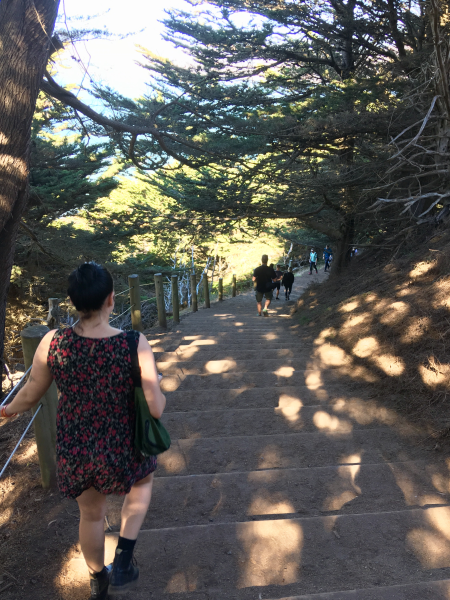
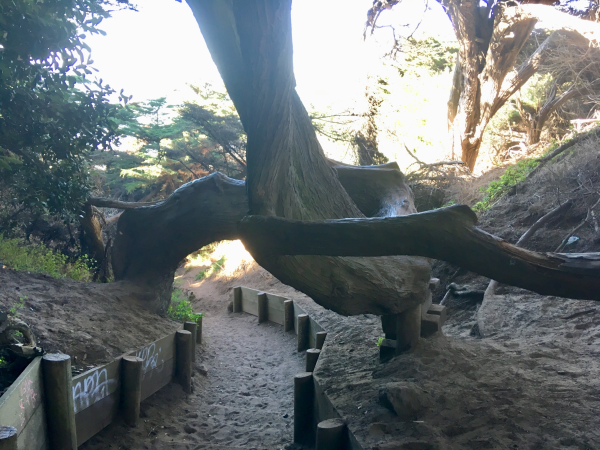

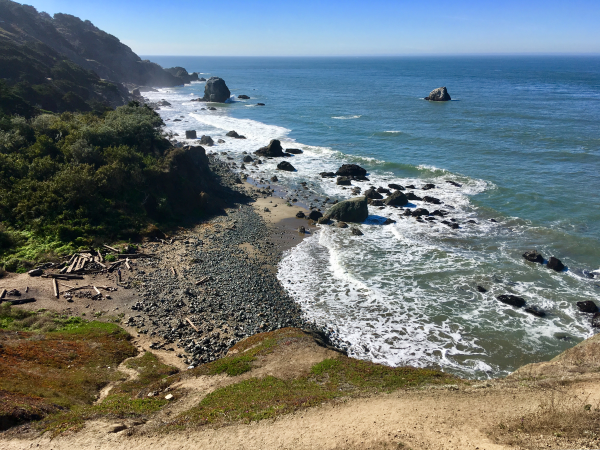
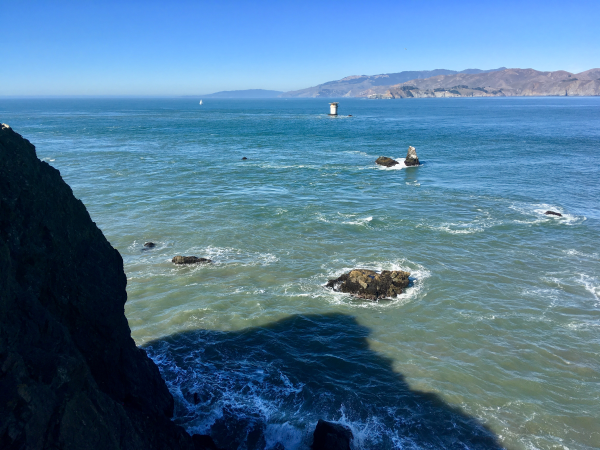

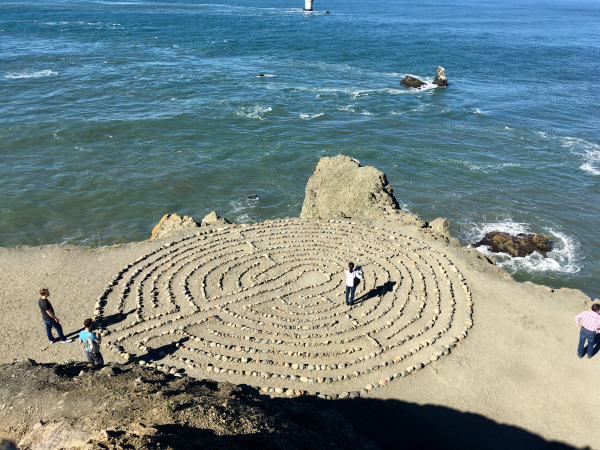
Land's End!
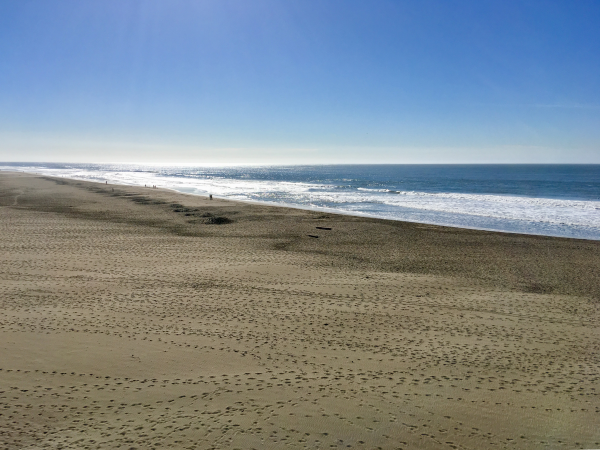
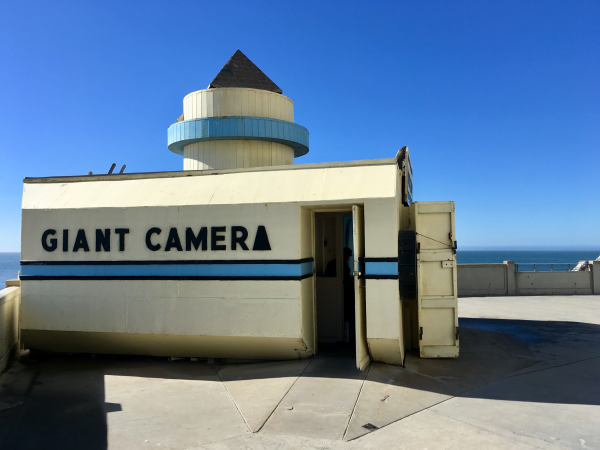
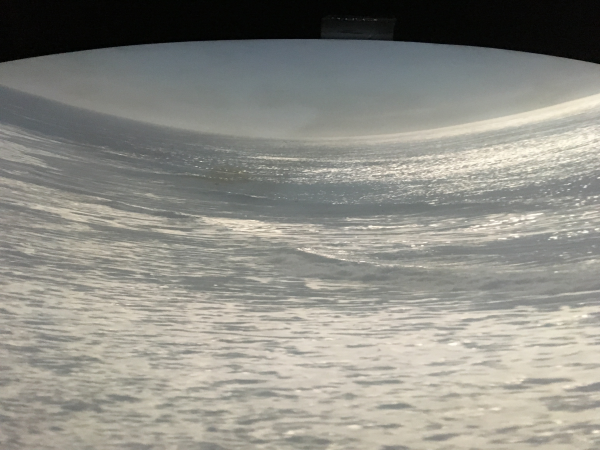
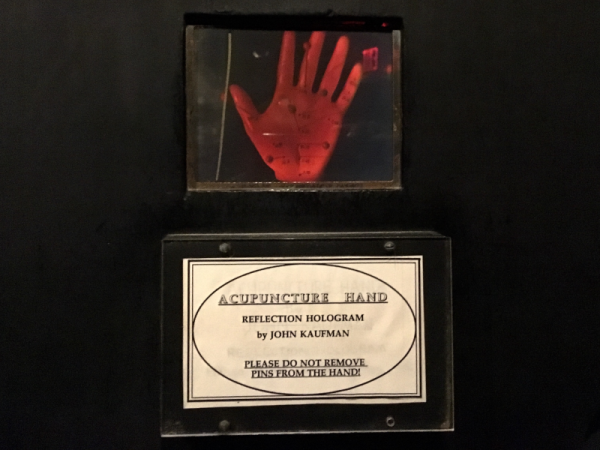
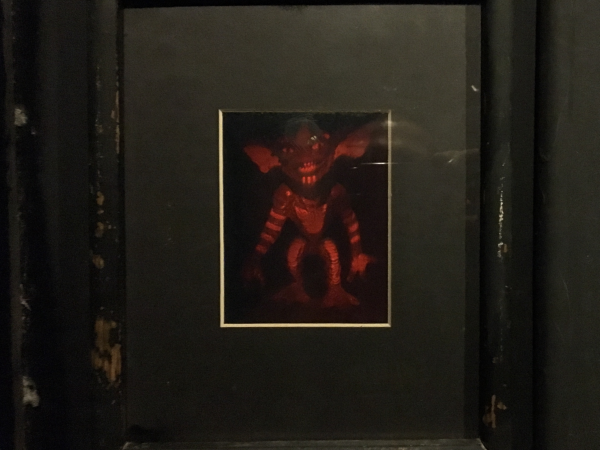
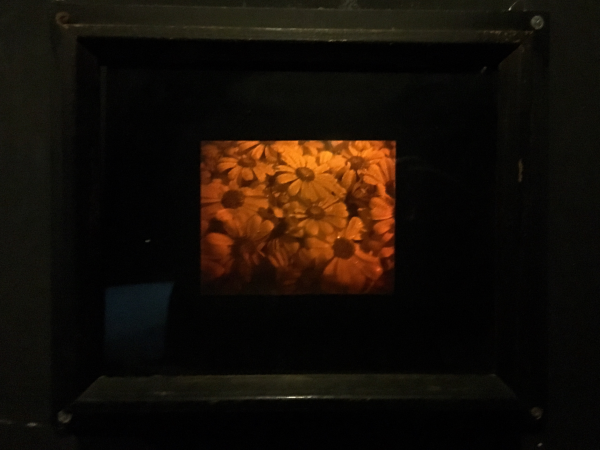
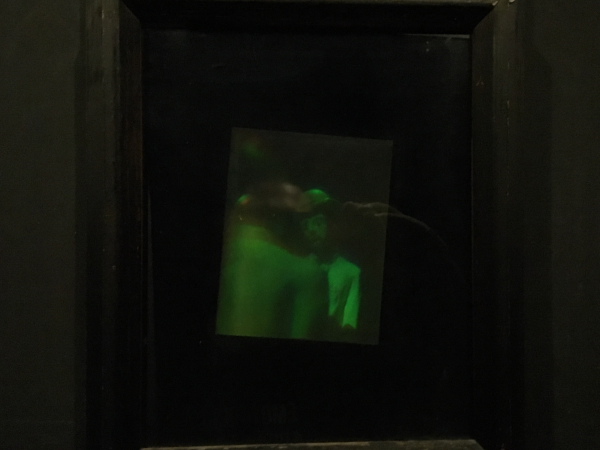
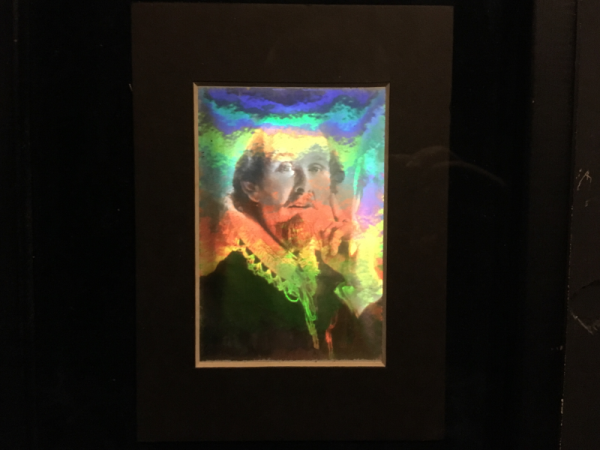
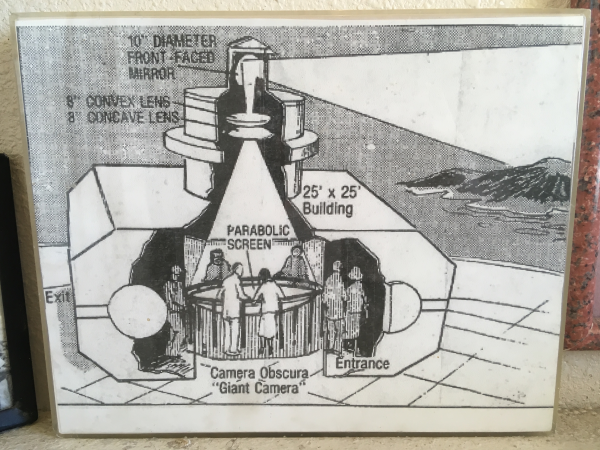
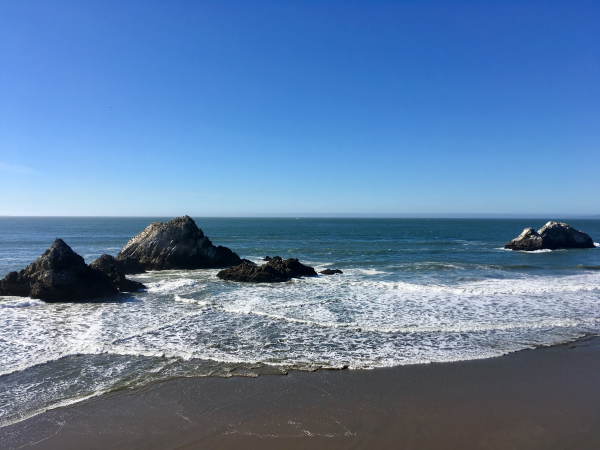
Camera Obscura!
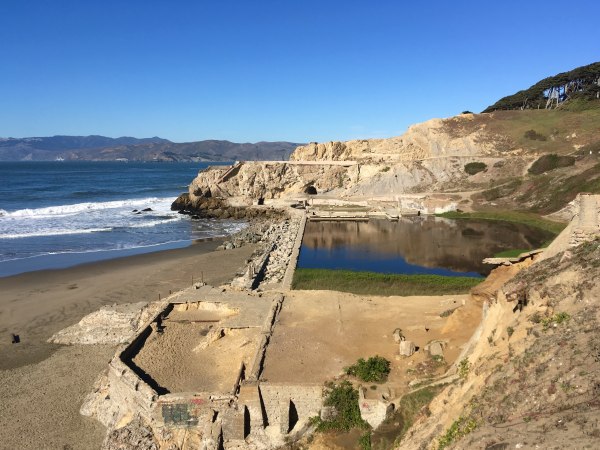
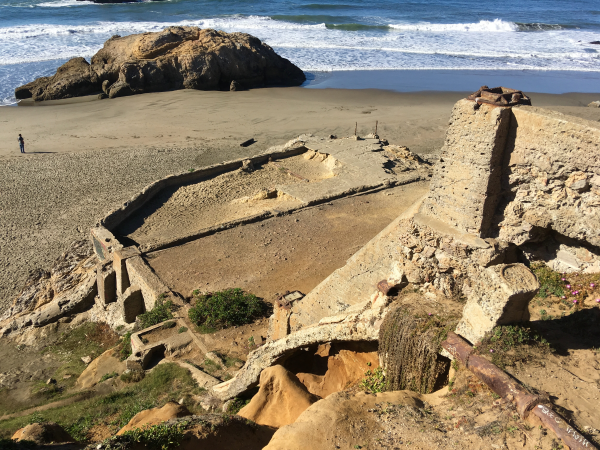
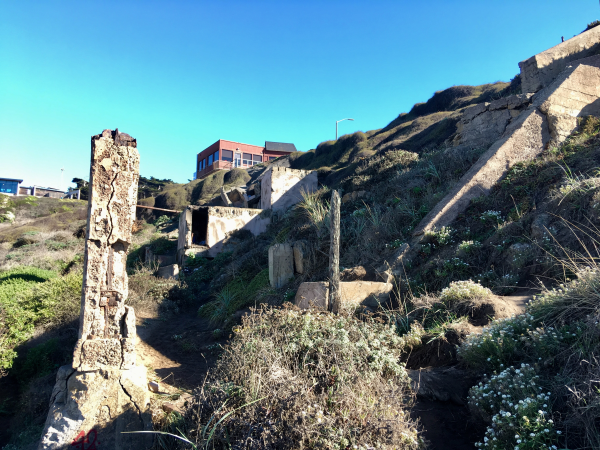
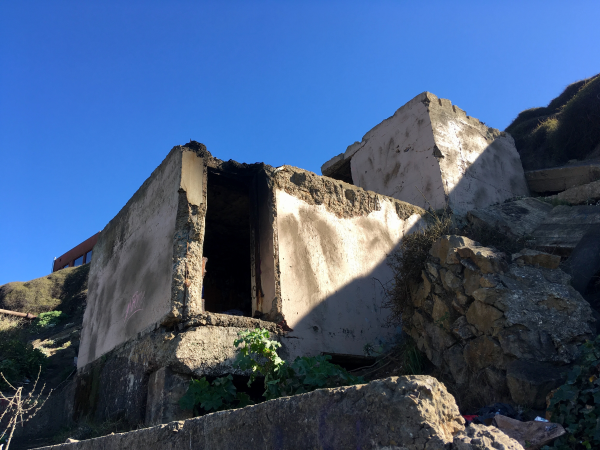
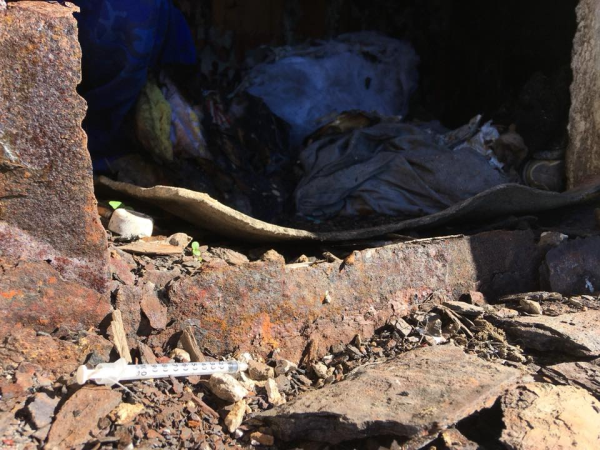
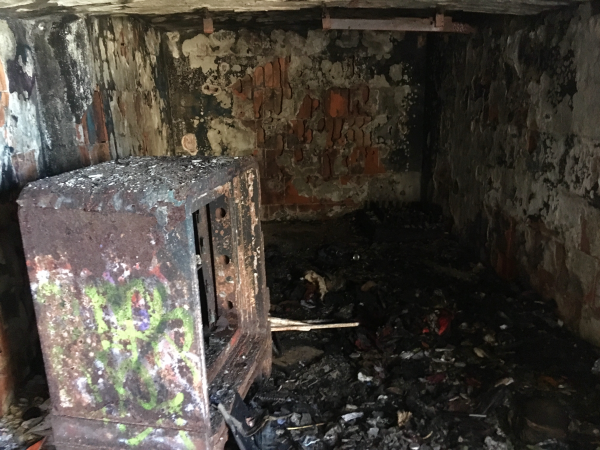
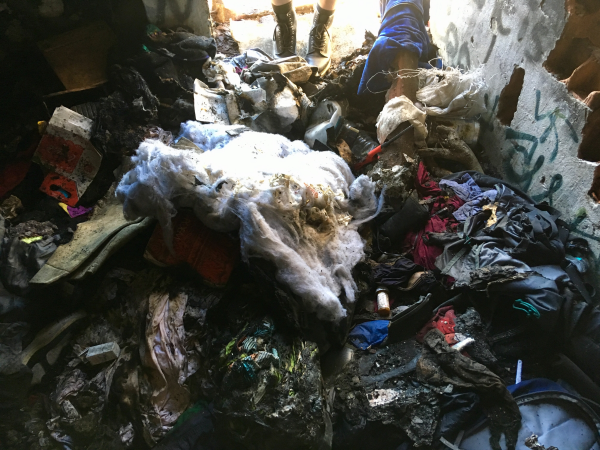

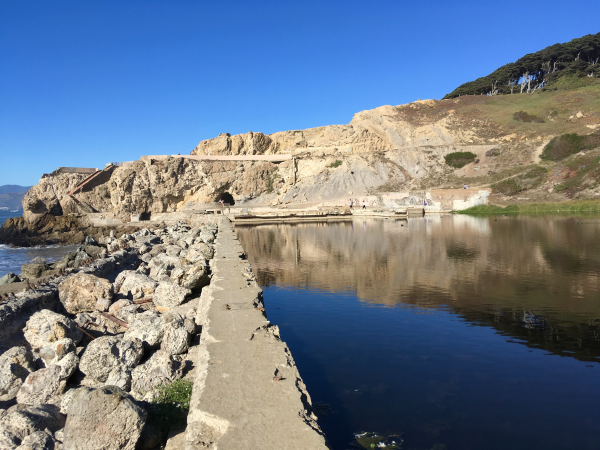

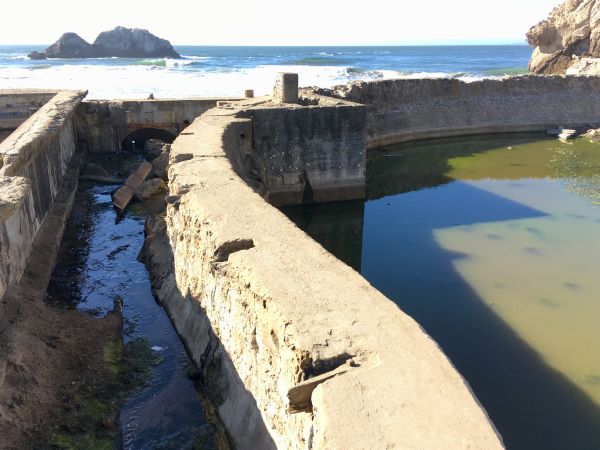
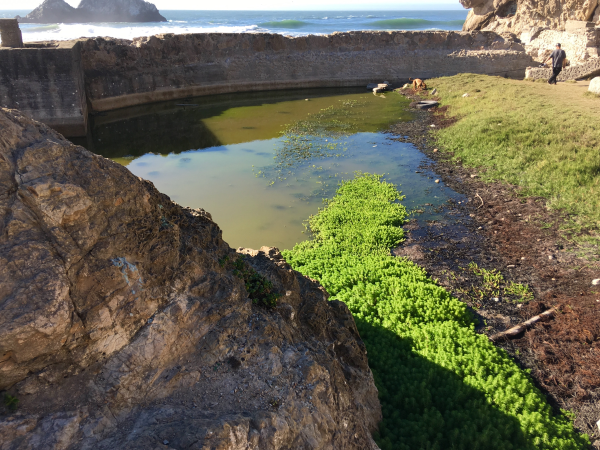
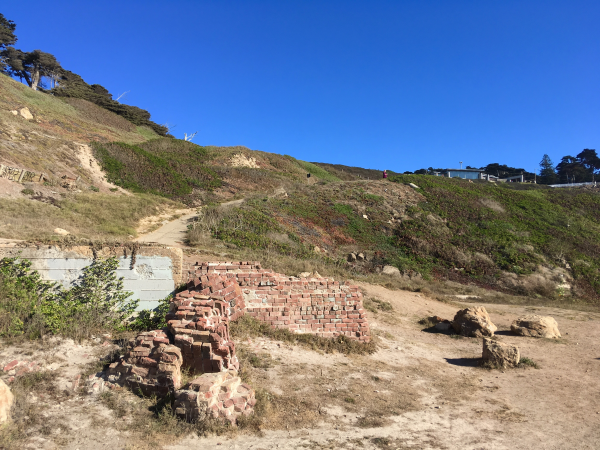
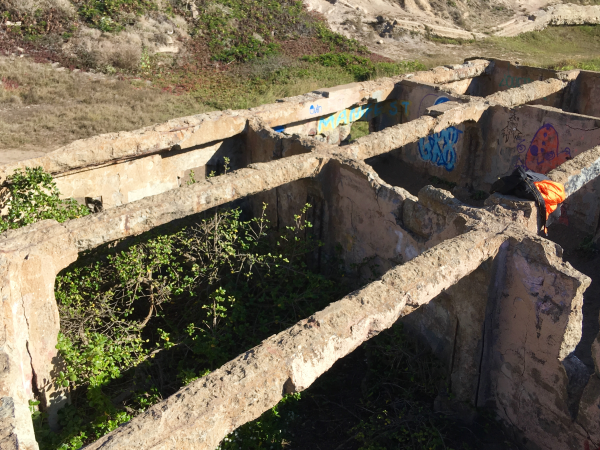
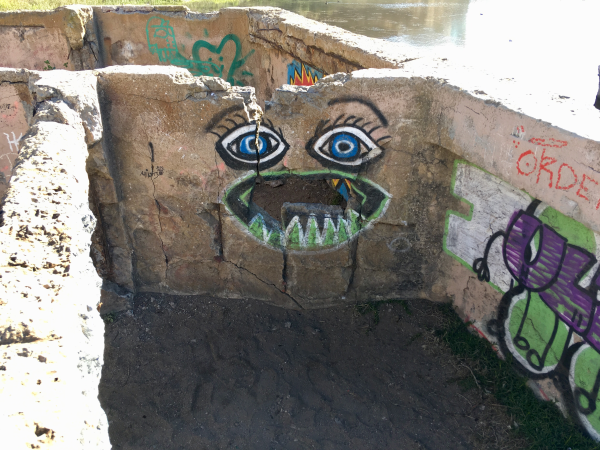
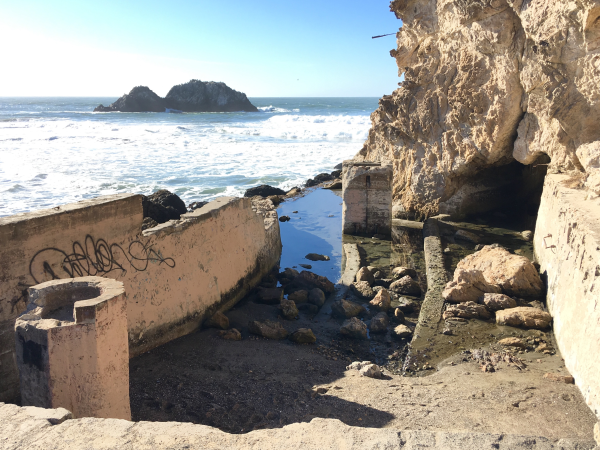
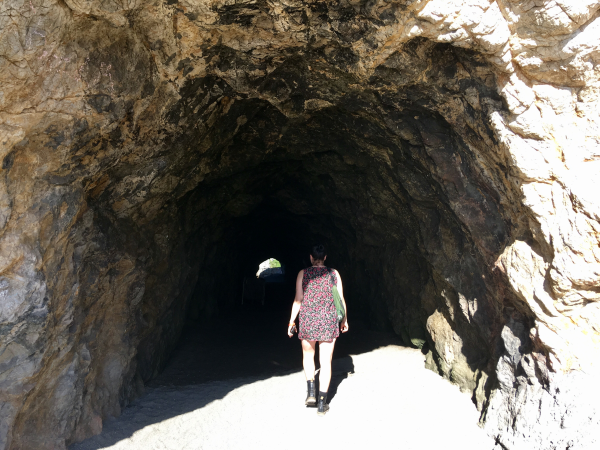
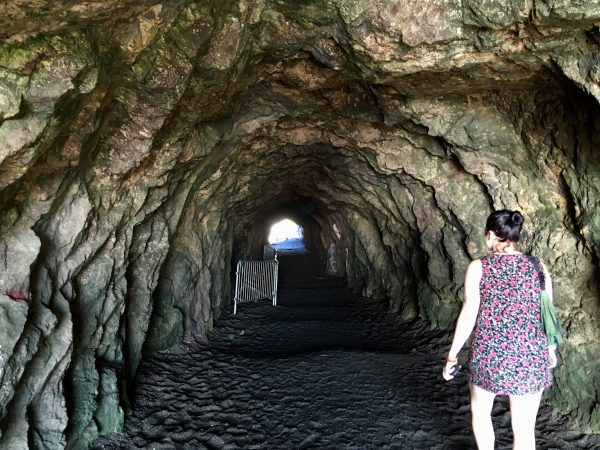
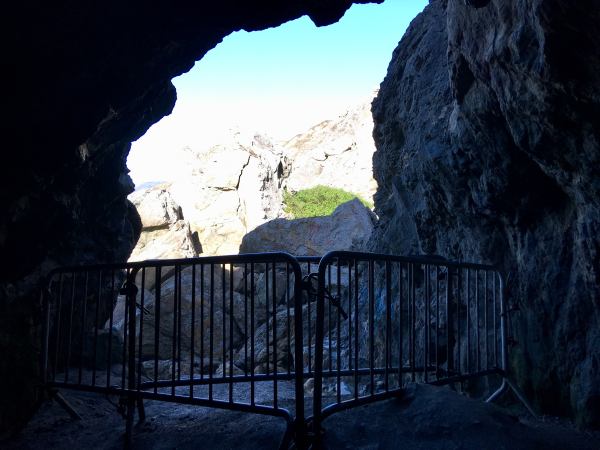
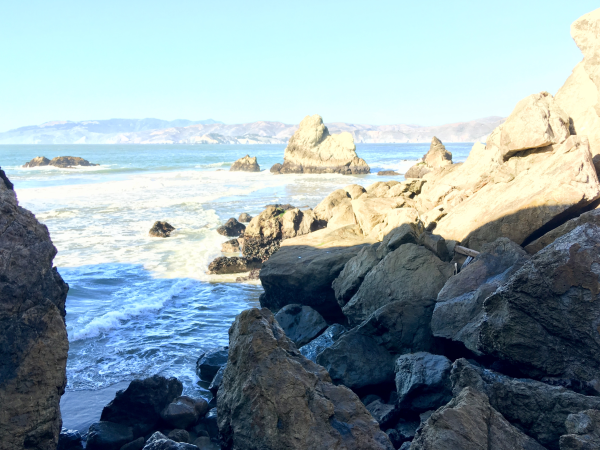
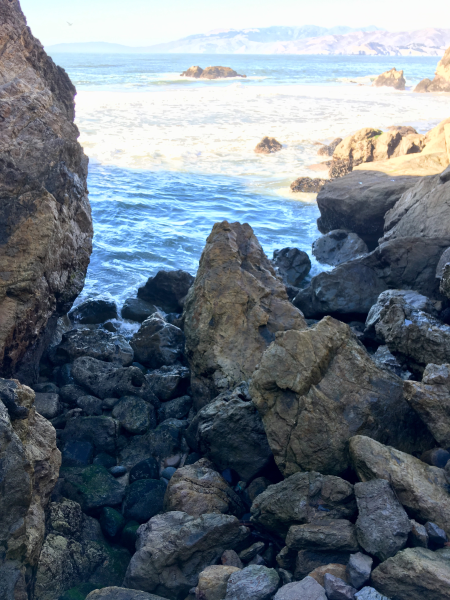
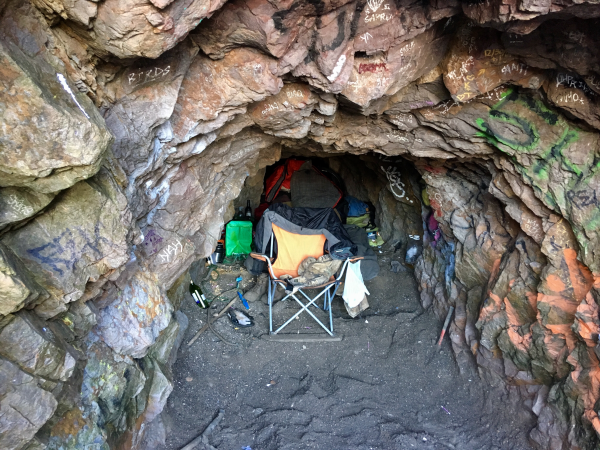
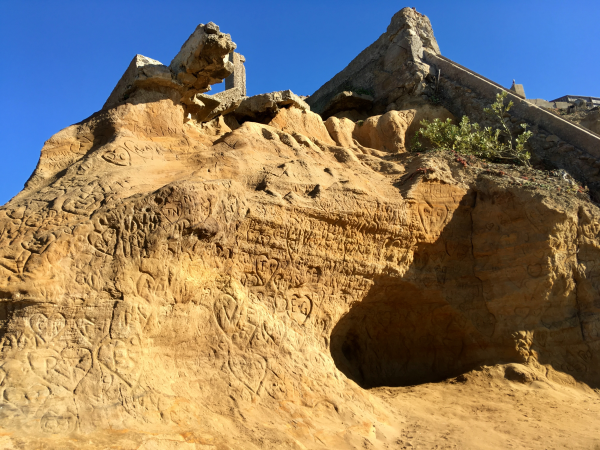
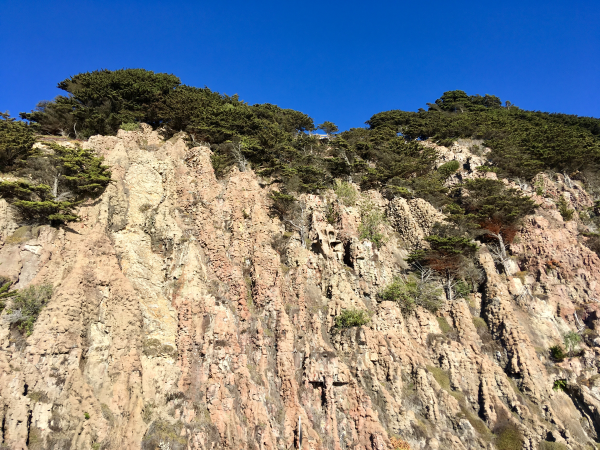
The ruins of the Sutro Baths!
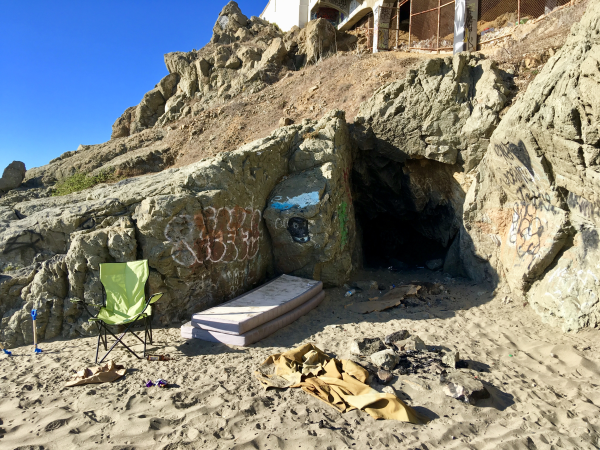

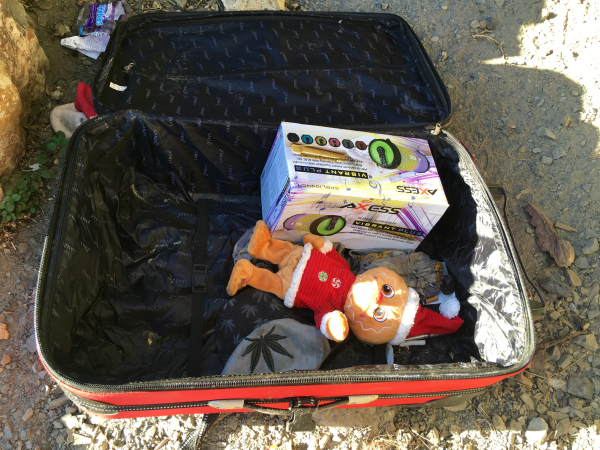
Cave squat/dumpster.
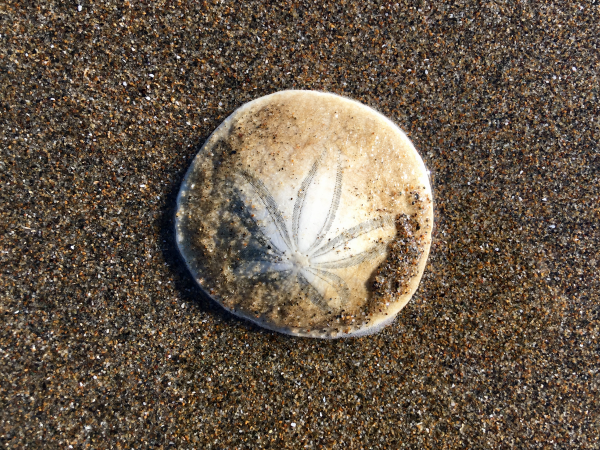
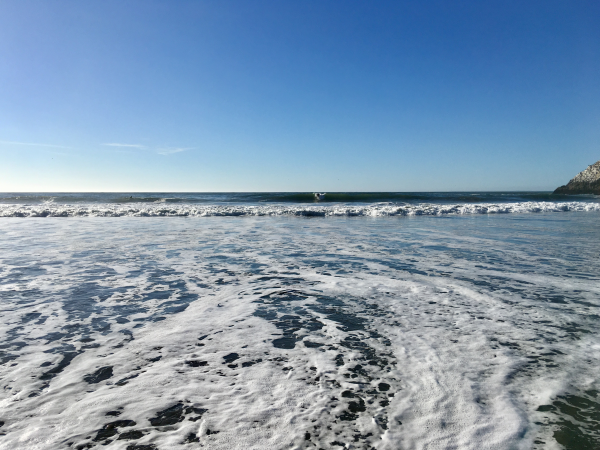
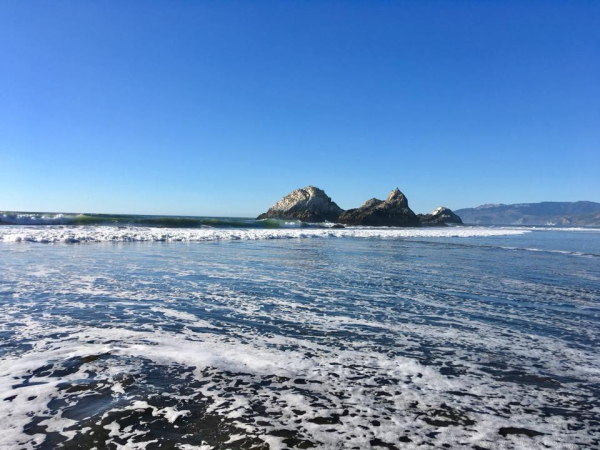
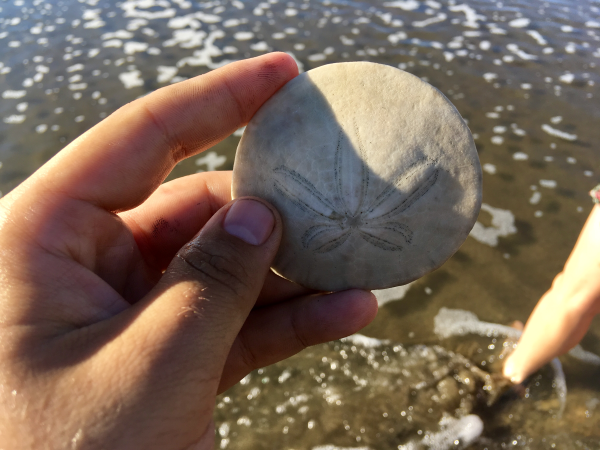
Sand dollars at the ocean!
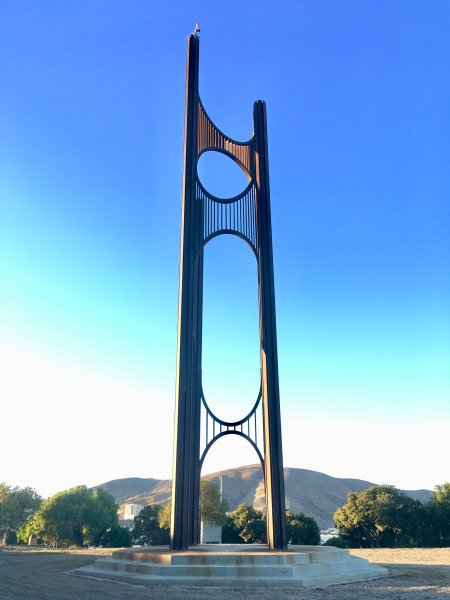
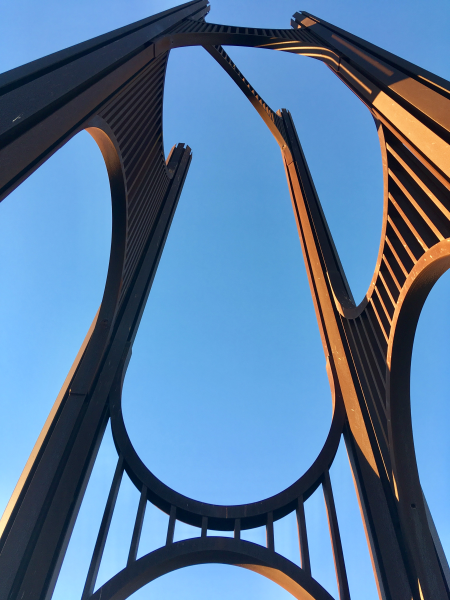
Wind Harp!
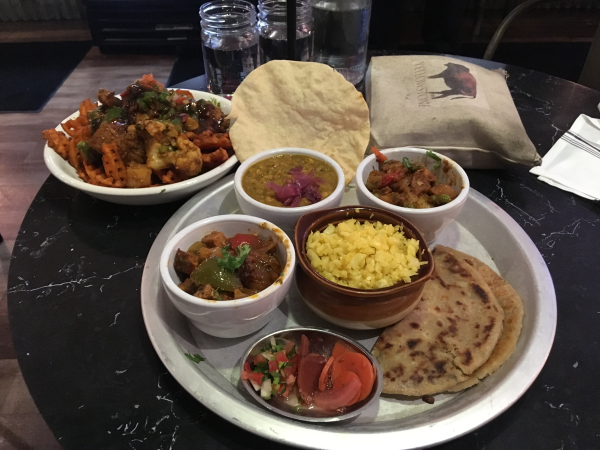
Our spread at Curry Up Now!
DAY SEVENTY-TWO
Wednesday, November 7th
In Burlingame, we went to the Museum of PEZ, where we saw and learned more about PEZ than we ever could have asked for or been interested in. Run by the married Doss couple, they allegedly had an example of every PEZ dispenser ever released, meaning they owned over a thousand, and had been open since 1995. Gary Doss gave us a brief guided tour as soon as we walked in, with his unorthodox enthusiasm and radio show host voice. He went over the origins of PEZ, back in 1927 in Austria where their facilities remained to this day. The name was made of the first, middle, and last letter of "pfefferminz", the Austrian word for "peppermint", which was originally the only flavor the candies came in. At one point, PEZ could also be dispensed from toys shaped like actual guns, something Gary laughed would probably never happen again. Whether one grew up with PEZ or not, he made them interesting. They also had smaller side exhibits that were really interesting. One centered around old toys that were still in production after a century, such as the Mr. Potato Head or Lincoln Logs. There was a section on toys that had been banned and/or discontinued: the Cabbage Patch doll that automatically chewed anything put in its mouth, which led to lots of hair accidents; the Teletubbie that many people heard "bite my butt" somewhere in its jibberish; the insensitive Dick Tracy action figure depicting a homeless person called The Tramp; the Atomic Energy Lab kit which actually allowed (rich) kids to play with radiation; and others that mostly either physically injured kids or could lead to asphyxiation if swallowed. Another showed the many different historical phases of the TV remote control. A framed and autographed t-shirt and album by the band Less Than Jake hung on the wall. Apparently, they were all longtime collectors of PEZ and stopped by the museum regularly on tours, eventually donating the display to them. On the way out, we noticed the world's largest PEZ dispenser, which was for some reason a snowman, weighing in at 85 pounds and standing at over 7 feet tall. While only one room, it was a blast looking around it, and it only cost $5. From there, we headed to Palo Alto.
We made a brief stop at the Baylands Nature Preserve, the largest area of preserved marshlands on the Bay, but there really wasn't all that much to see there. Practically hidden on the grounds of Stanford University, there was the Arizona Cactus Garden, a 30,000-square-foot botanical garden focused on cacti and other succulents. There were around 500 plants spread across 58 beds. Alyssa picked up a fallen cactus pear like an idiot and got a bunch of prickers in her hand. It was a strange patch of land alien to its surroundings, and very beautiful. Also on the Stanford University campus was the Rodin Sculpture Garden. Outside of a greater indoor art museum, there were 20 sculptures by the renowned French sculptor Auguste Rodin, a personal favorite of mine whose work centered around the human body, amounting to what I'd always viewed as early body horror through sculpture. The star of the park which we specifically came to see, though, was the "Gates of Hell", his recreation of a scene from Dante's Inferno. Standing at over 19 feet tall and 13 feet wide, with individual sculptures of a dimwitted Adam and a shamed Eve at each side, the doors were lined in the contorted, twisting, melding bodies of 180 figures, some of which went on to be their own larger sculpture pieces later on. Commissioned in 1880, Rodin worked on this particular piece for 37 years, up until close to his death. The art museum it was meant to serve as the entrance way to never came into being. The one at Stanford was one of only six copies in the world, while the original was now located in Philadelphia, unbeknownst to me. We walked by another Andy Goldsworthy piece, too, this one a trail of concrete blocks called "Stone River". I loved the minimalist artwork he did using the natural world around him, and how well it integrated into its surroundings.
We went to a small park and playground near a residential neighborhood and saw a different kind of sculpture--an objectively bad one compared to the work we'd just seen by Rodin. It was called "Rrrun" and was by Marta Thoma, who had several pieces scattered around town. It was a strange, undetailed naked human body running with a car for a head, and was one of the stupidest things we'd ever seen. We went across town to try and find another one by them, entitled "Go, Mama", but when we found the base it once stood on, it was gone. It had been purged by the city, thankfully. Oddly, one of the greatest pieces of public art we came across was in the back of a Sicilian cafe in their outdoor seating area. When we walked in, a big Italian man welcomed us and asked if we wanted any wine, to which we told him we were just there to see the art.
He smiled and said, "That is a nice thing."
Titled "Body of Urban Myth" by artist Brian Goggin and created in 1997, it depicted a naked woman holding a washing machine over her head with it pouring out water in an endless stream, forming the fountain it now was. It was in stark contrast to the two male figures across the way, both of whom were holding shields and spears. Its statement on gender roles was obvious. We both really loved this piece.
With a little daylight left, we headed to a local park. Before it became Cornelis Bol Park, its namesake tended to a small herd of donkeys on their property in the 1930s. When the owners passed, they left behind a donkey named Mickey, the last of the original herd, and the community who took over responsibility for the area introduced him to Niner and Perry, two new donkey friends. Mickey of course eventually passed, as did Niner. Perry, however, lived to see minor fame when he was selected to be the model after which DreamWorks would base the Donkey character in the Shrek films. Perry's handlers were given $75 for two modeling sessions and had received no royalties. But Perry, and their friend Jenny, both brought joy to their community and whoever walked along the bike path, ourselves included. When we saw them, they were already up at the gate. They briefly enjoyed some pets before turning their backs on us as if they wanted us to leave them alone. We hung around and watched them exist for a bit. Donkeys were one of my favorite animals. Signs around the gate advertised donkey manure available for donations, and people were encouraged to leave artwork in the mailbox. They were pillars of their community. As we walked away, Jenny let out a loud bray.
Driving out to the edge of town as the sun was almost completely gone, we stopped at what was known locally as The Frenchman's Tower, a 200-foot, two-story brick structure built in 1875, sitting behind a locked fence on property that was now technically owned by Stanford. Built under the direction of a weird Frenchman named Paulin Caperon (also known by his alias Peter Coutts) who returned to his native country without telling anyone in 1882, it allegedly once had a library on the first floor and a water tank on the second, with only a window for an entrance, connected to an irrigation system for his farm. Any other details were speculation at best because he was known for doing strange things and neither confirming nor denying rumors spread about him. In 1970, the new landowner bricked up the windows to deter vandalism, but when we hopped the fence and walked behind it, we instantly discovered a hole carved out at its base. Alyssa could barely squeeze through it, and I honestly started freaking out and feeling claustrophobic as soon as I'd get my fat ass halfway through, so I didn't even get in. Inside was a lot of shitty graffiti, probably because only very small and young people could fit into it, and the ceiling was gone, leaving a creepy view of the darkening sky above us. Some carvings on the outside of it were said to be over a hundred years old.
For dinner in Palo Alto, we first tried a Whole Foods, which was so outrageously lacking in vegan options at their hot bar that they didn't have even any tofu but did have "perfectly plain" chicken breast. Alyssa got a big salad she got caught trying to not pay for. It was the first time one of us had gotten caught trying to steal from a Whole Foods. Thankfully, without missing a beat, she responded, "Oh, I know, I'm just waiting to see what he wants to do because he doesn't want to eat here," in her pleasant, award-worthy acting voice. I was so proud of her ability to lie in the moment. We paid for it with food stamps and she still got away with a hot soup. We went elsewhere to a vegan Chinese spot called Garden Fresh, where we shared scallion pancakes and pork buns, and I got General Tso's chicken. We stayed at a Safeway again that night.
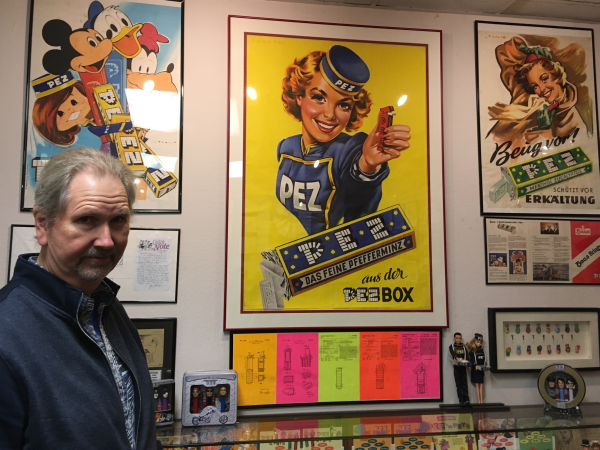
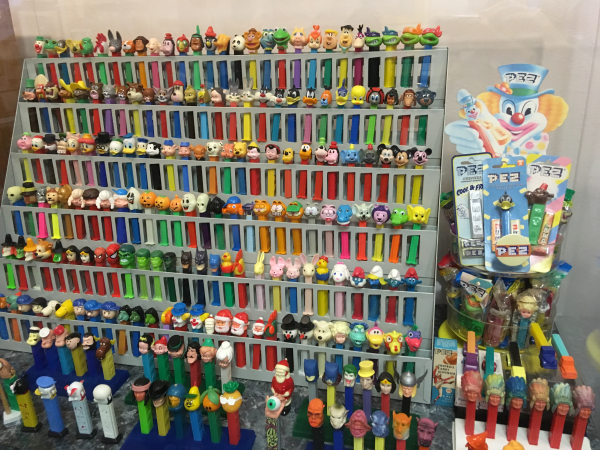
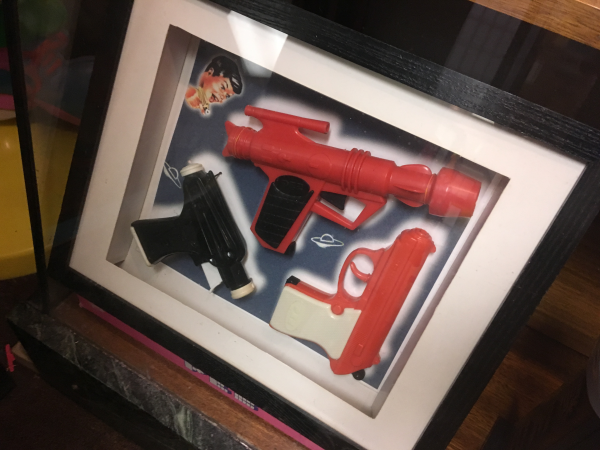

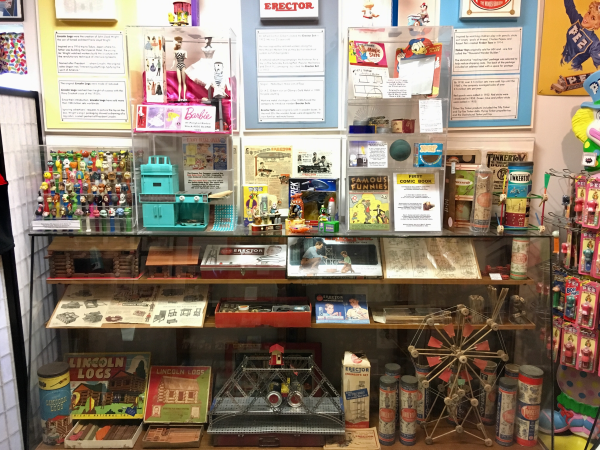
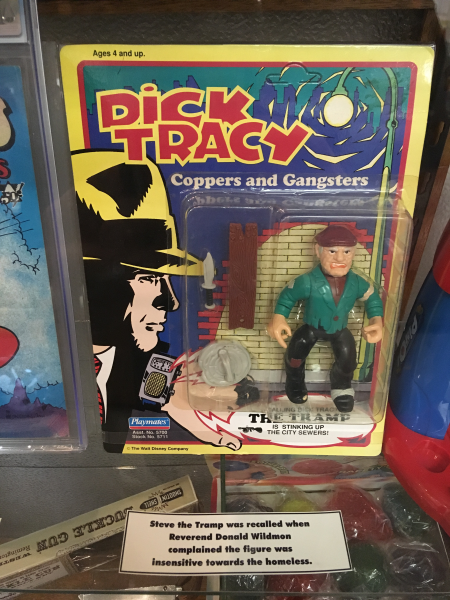

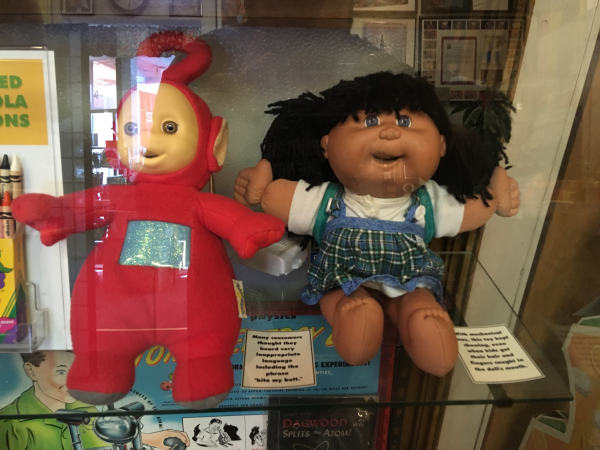
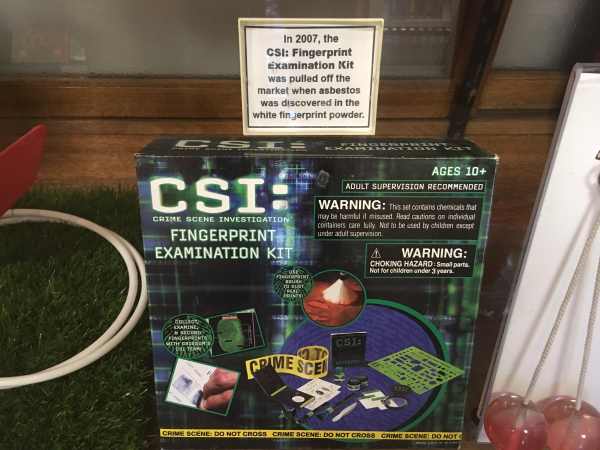
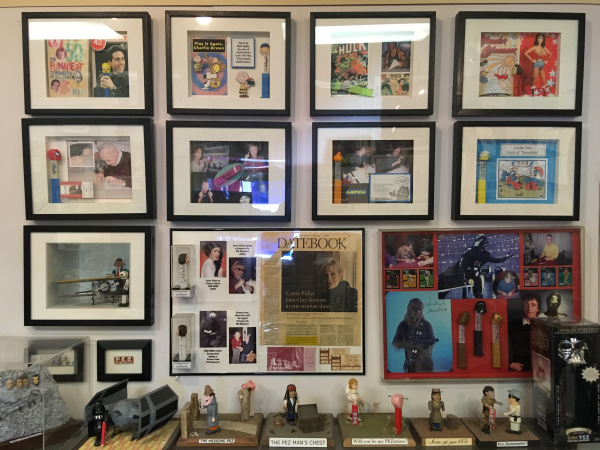
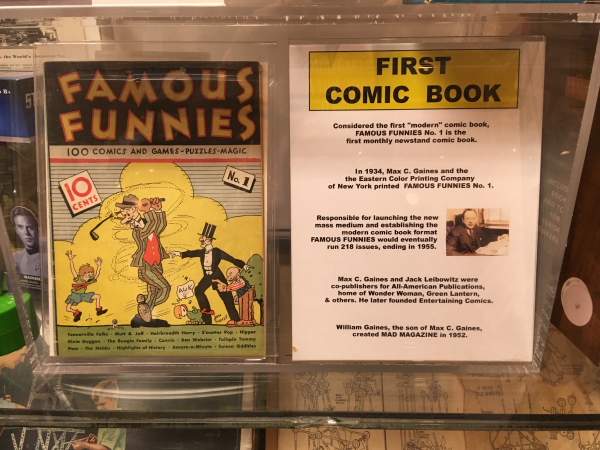
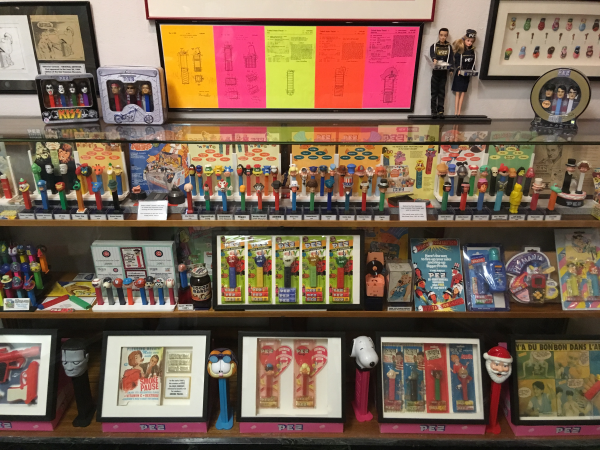
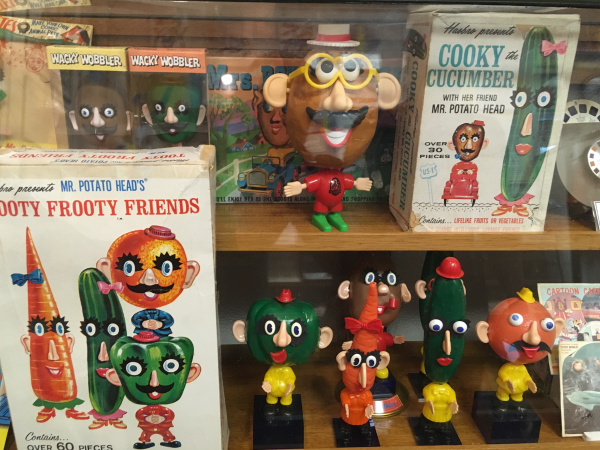
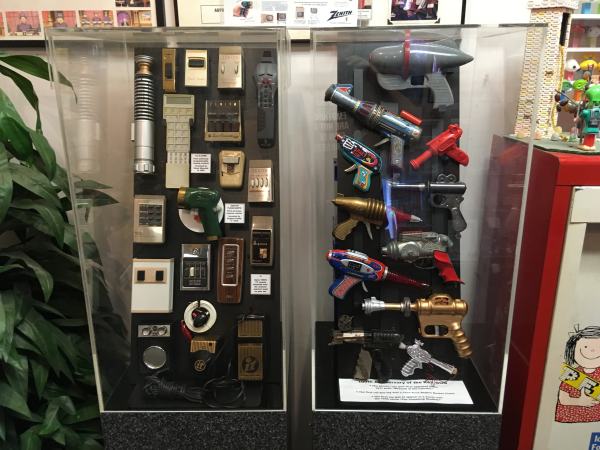
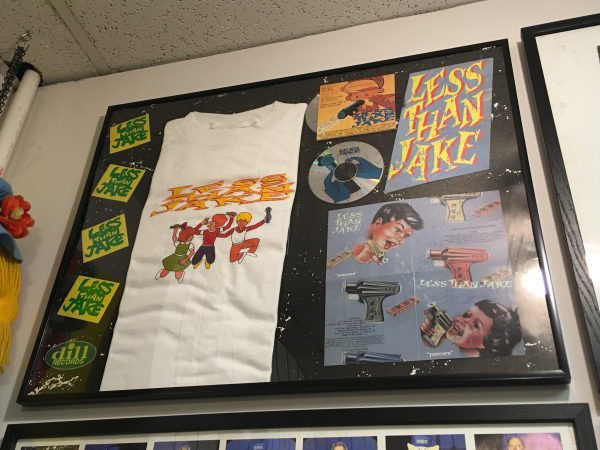
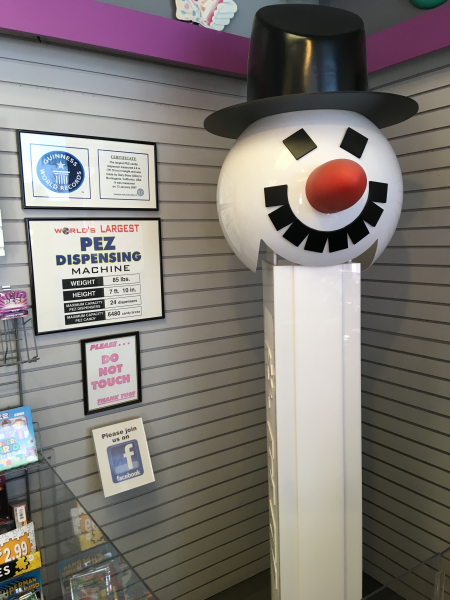
The PEZ Museum!
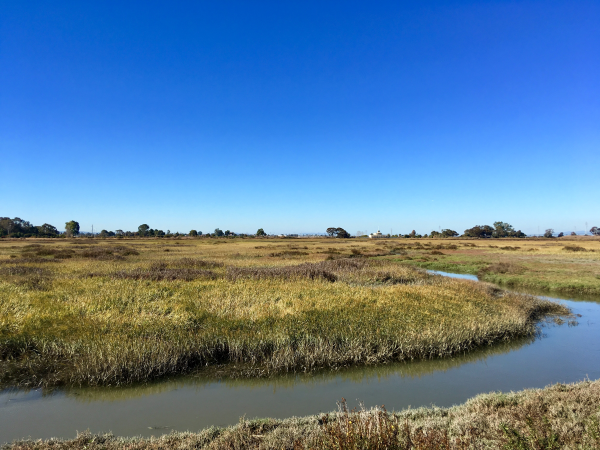
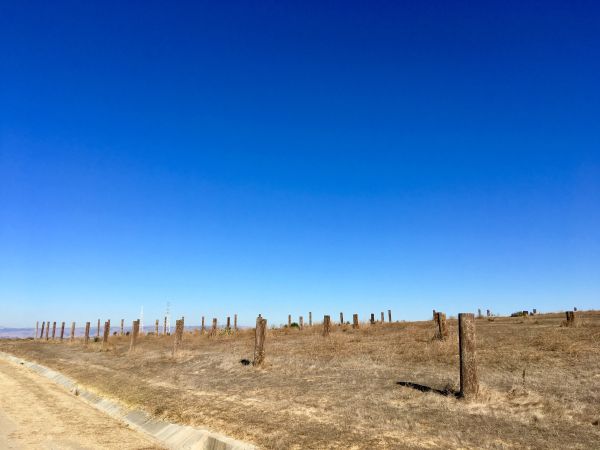
All that we saw at the Baylands Nature Preserve.
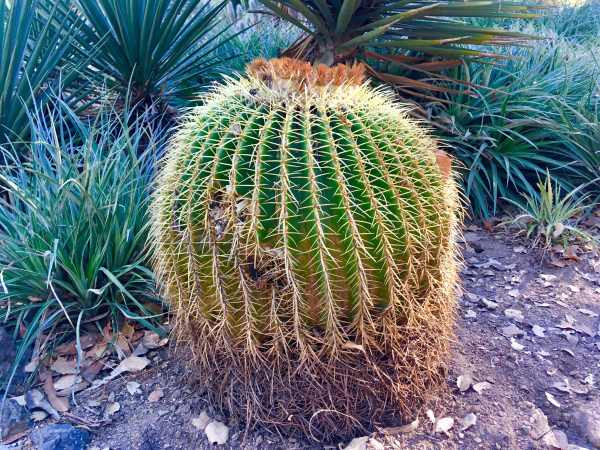
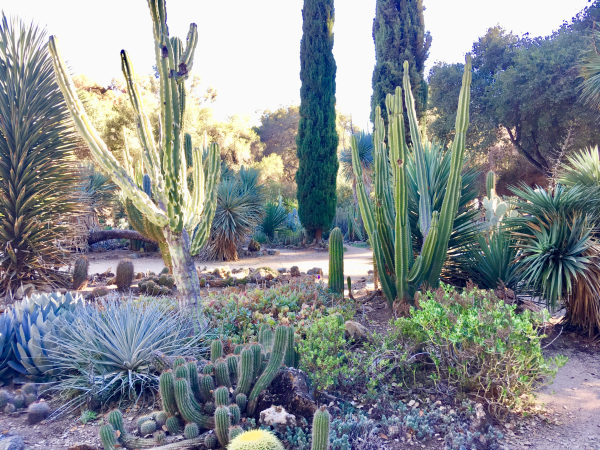
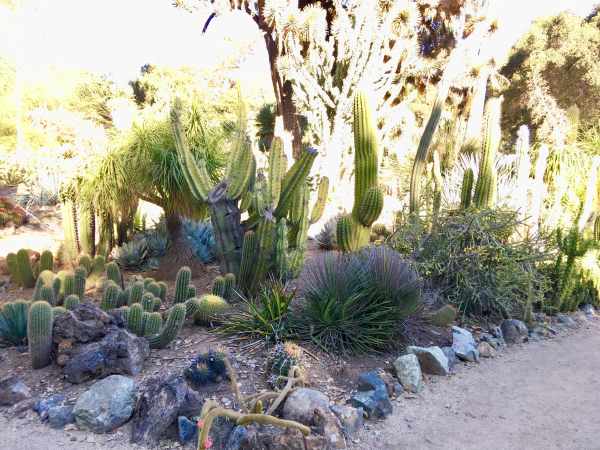
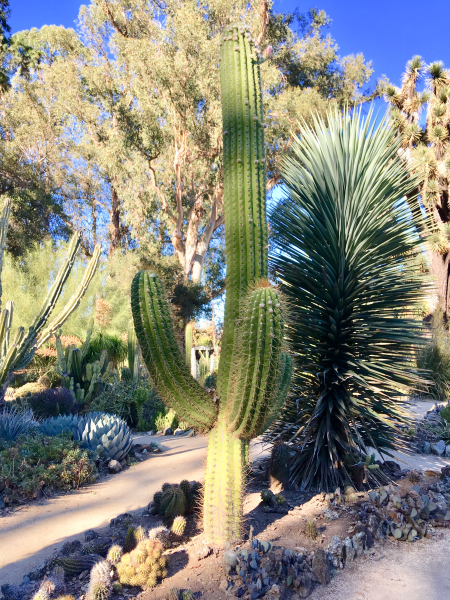
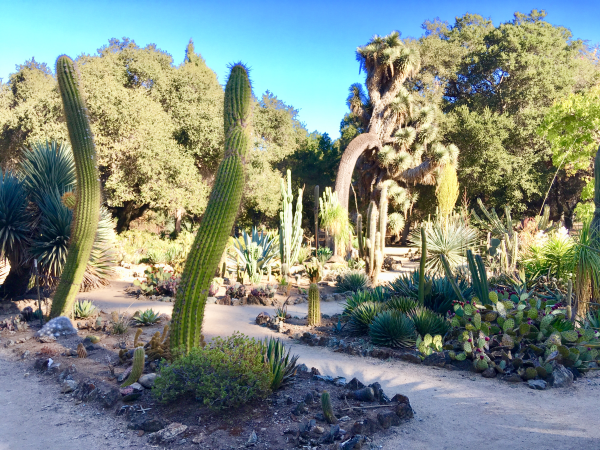
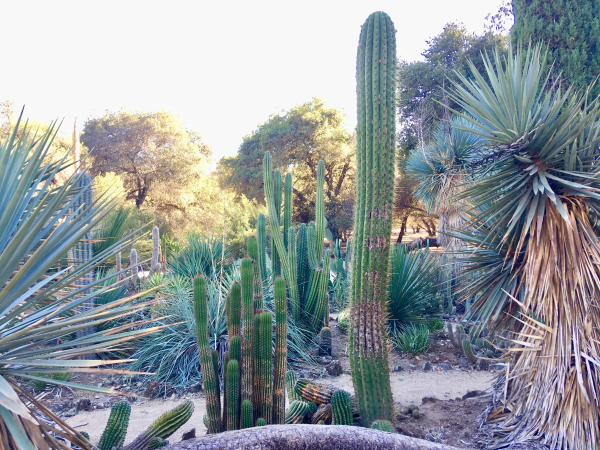
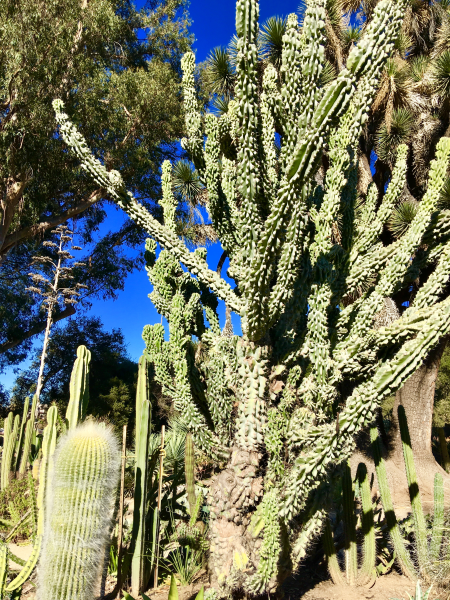
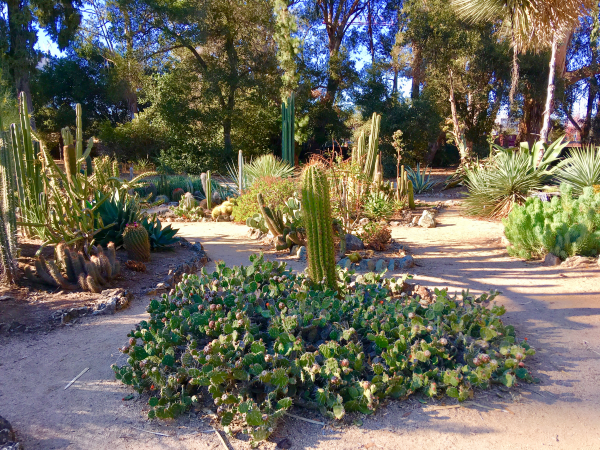
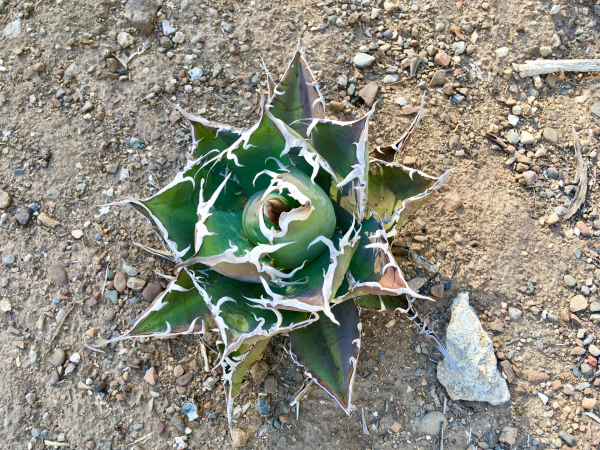
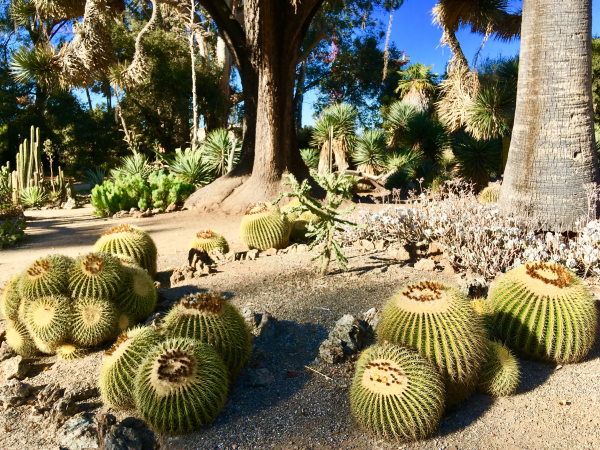
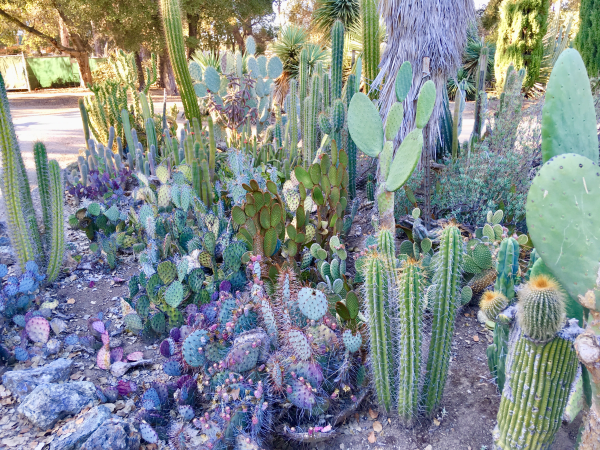
The cactus garden hidden at Stanford. (Washed out by the inescapably bright sun!)
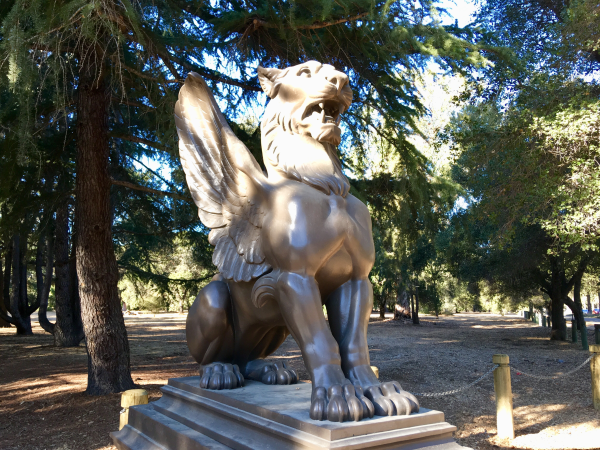
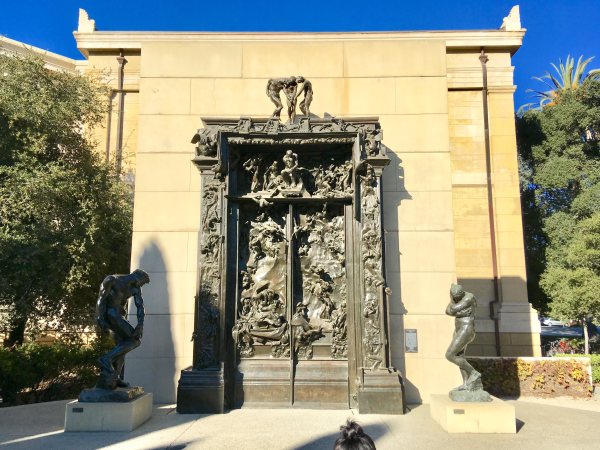
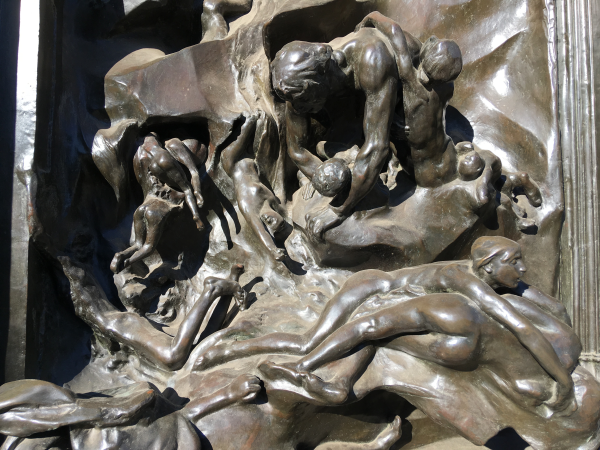
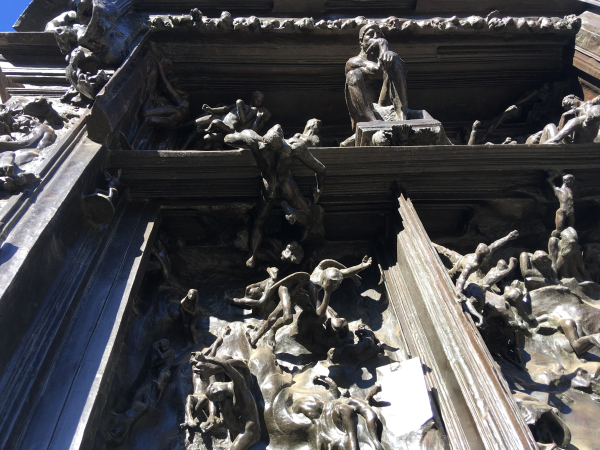
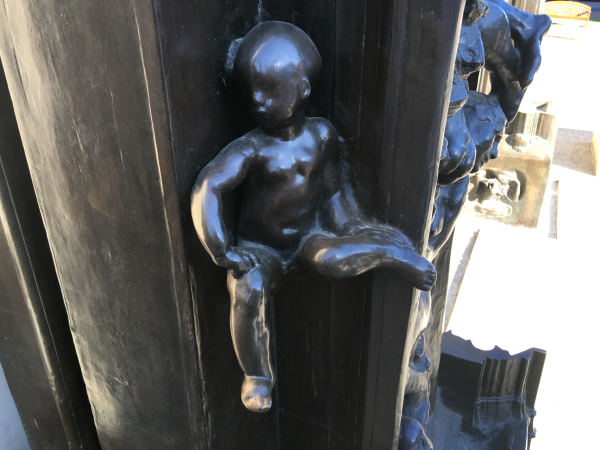
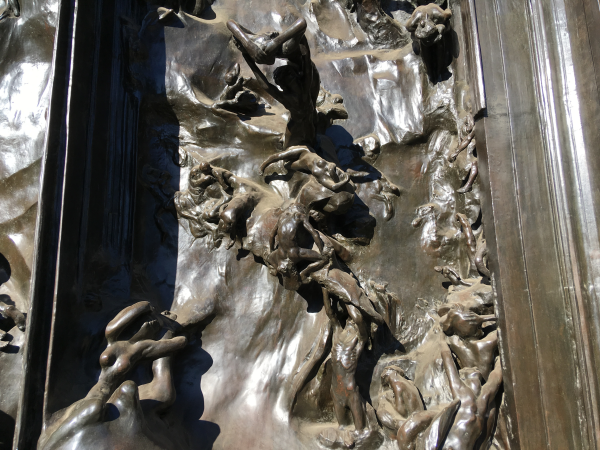
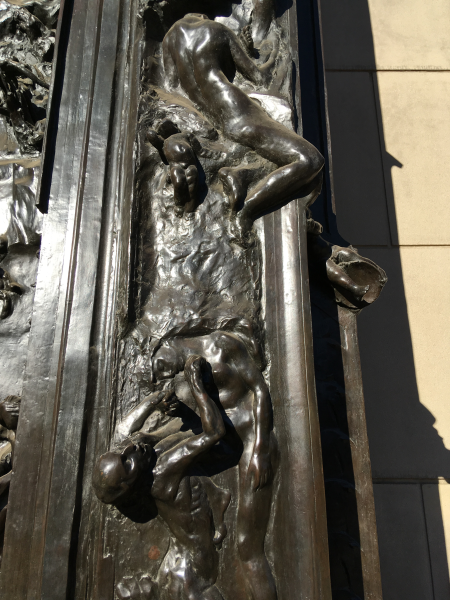
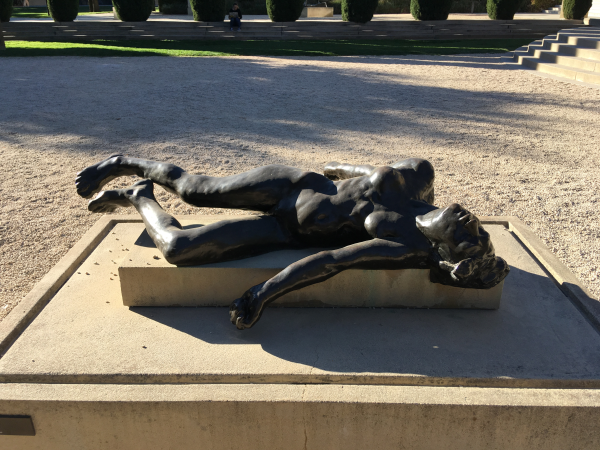
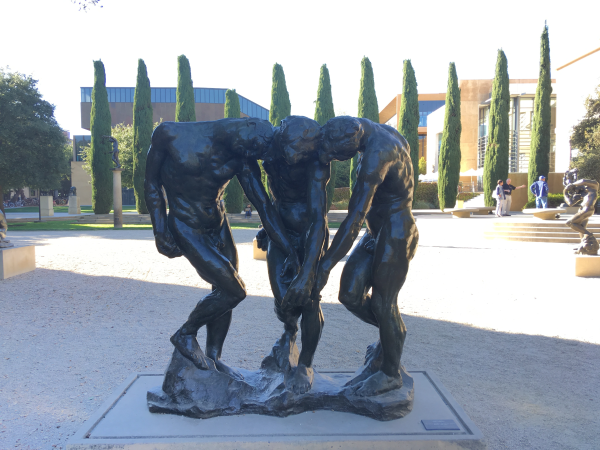
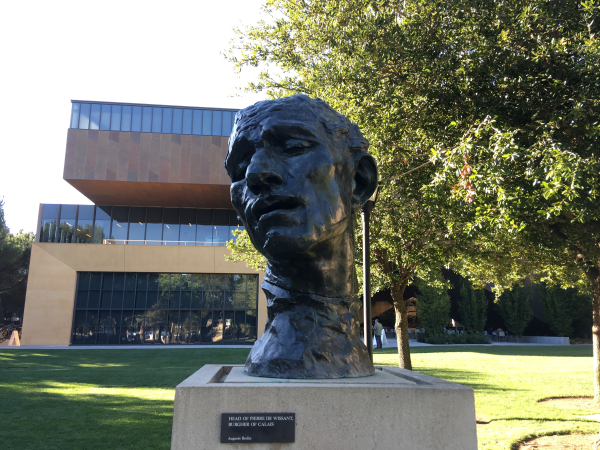
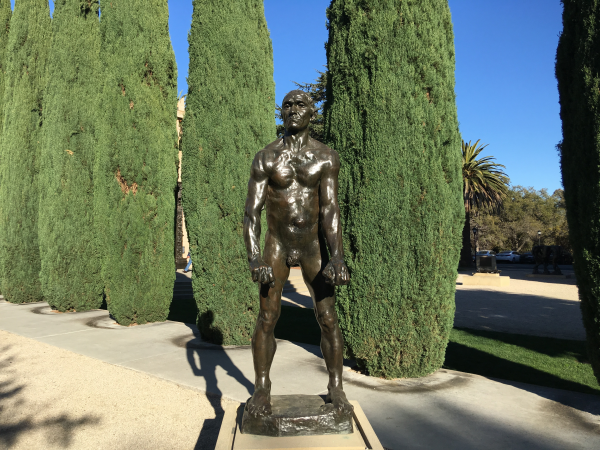
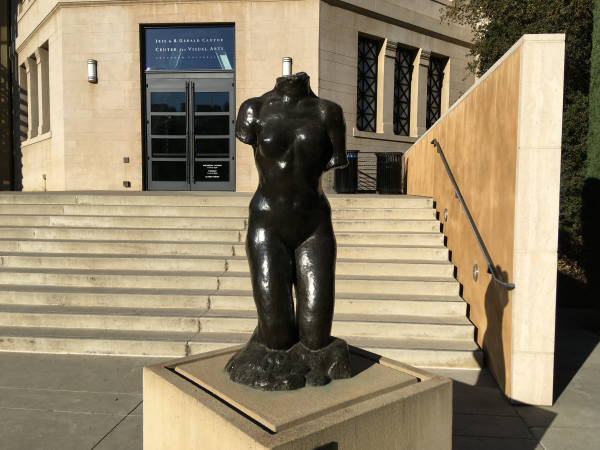
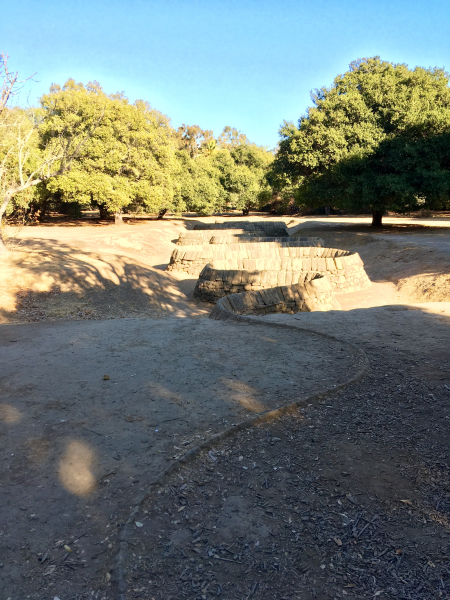
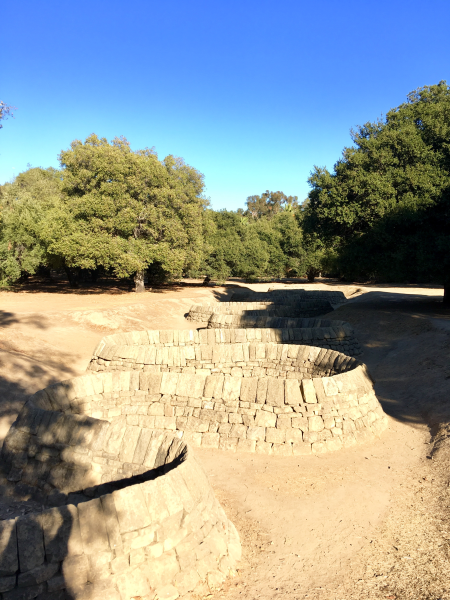
Rodin! Goldsworthy!
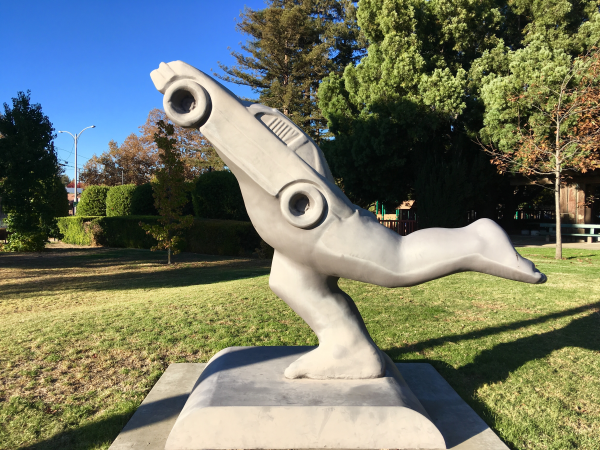
The actual dumbest sculpture ever.
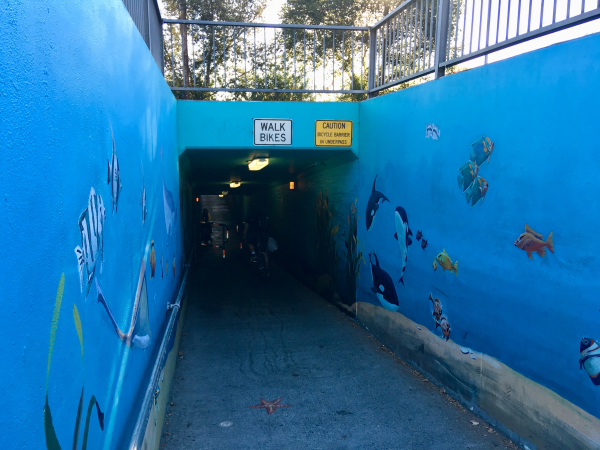
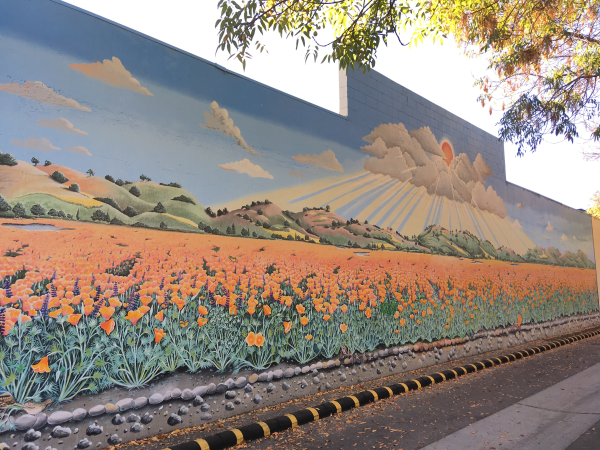
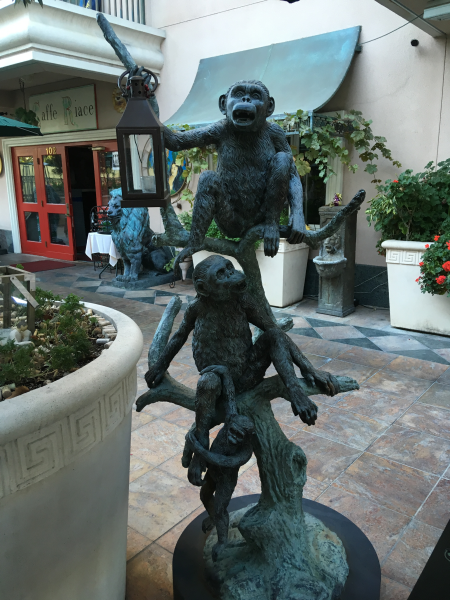
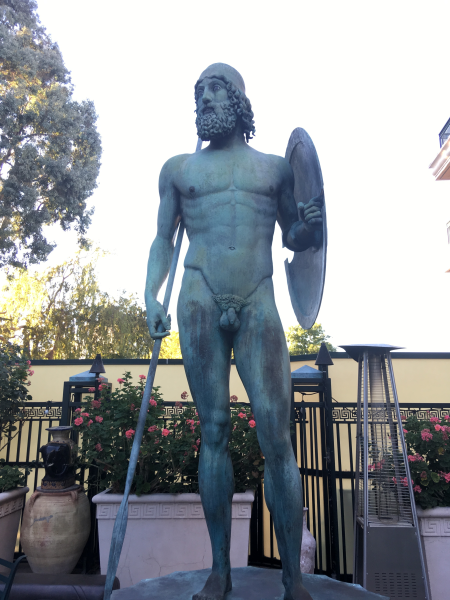
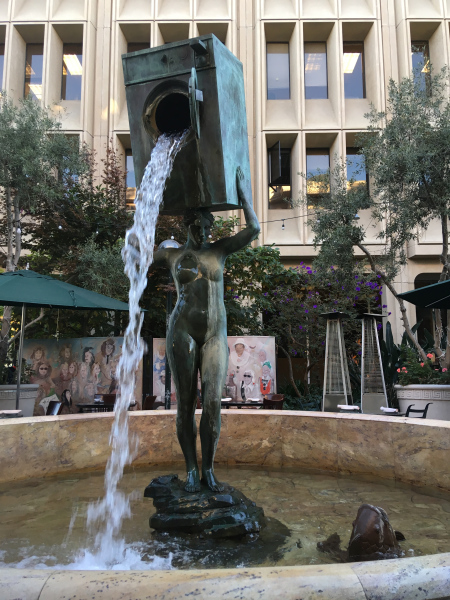
One of the actual best sculptures ever, at Caffe Riace.
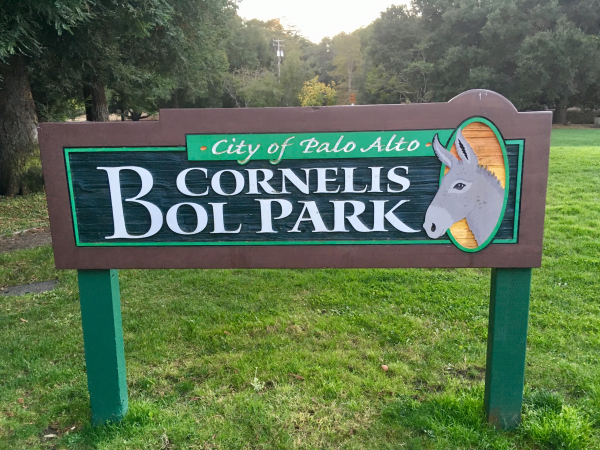
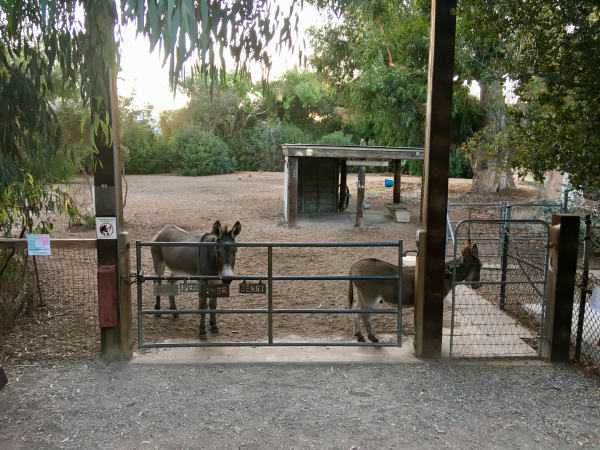
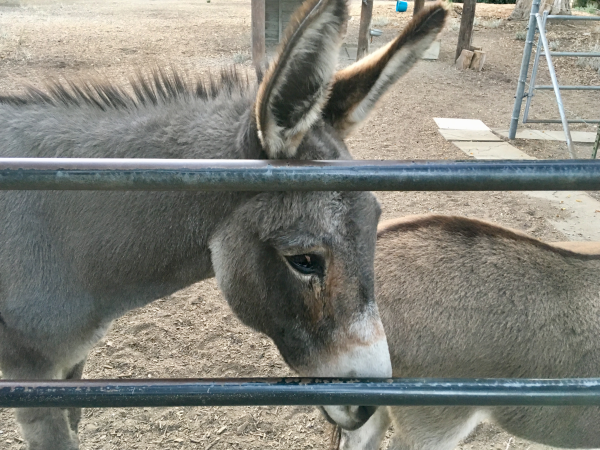
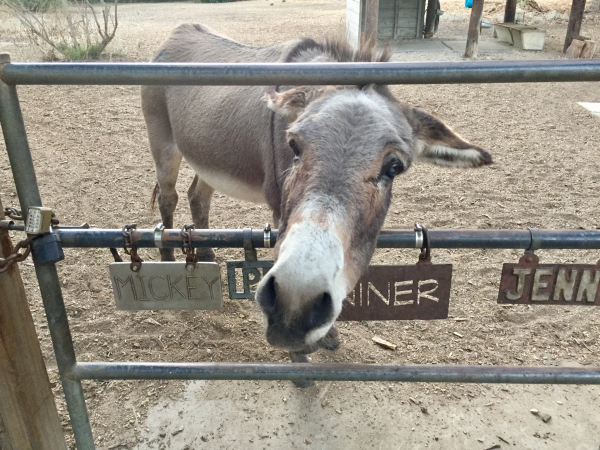
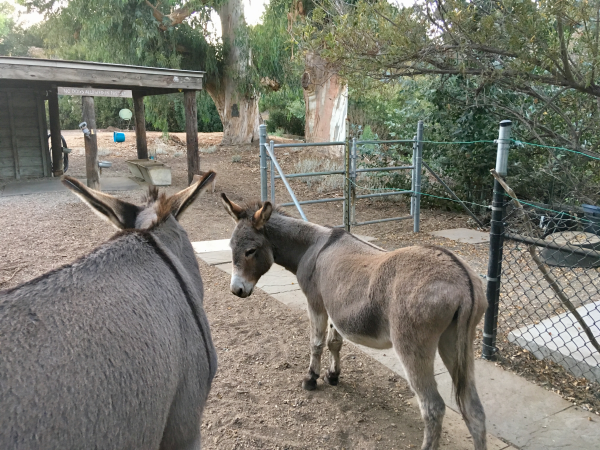
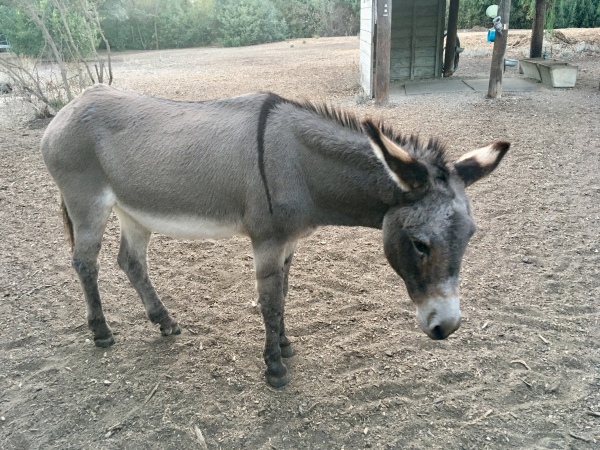
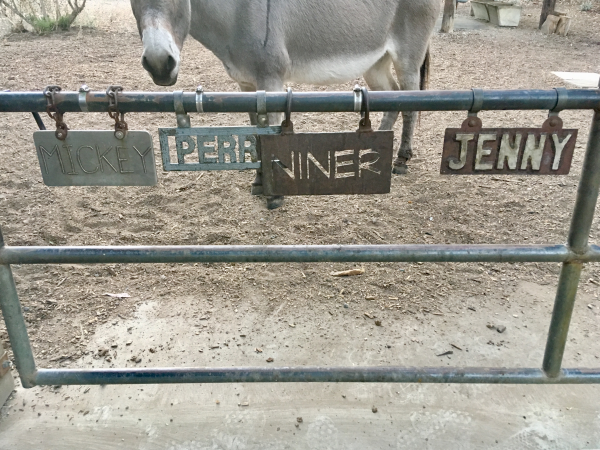
Bol Park's celebrity donkeys!
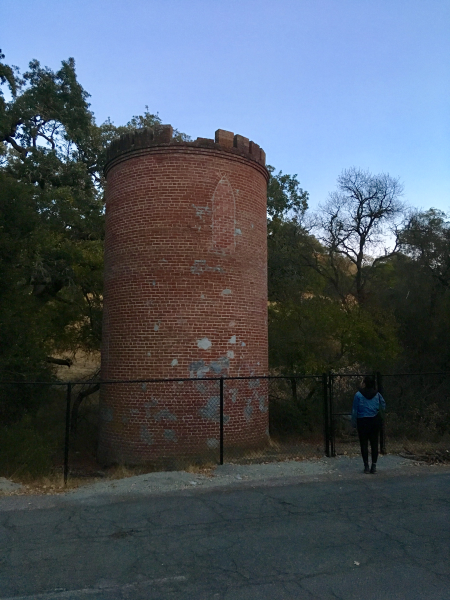
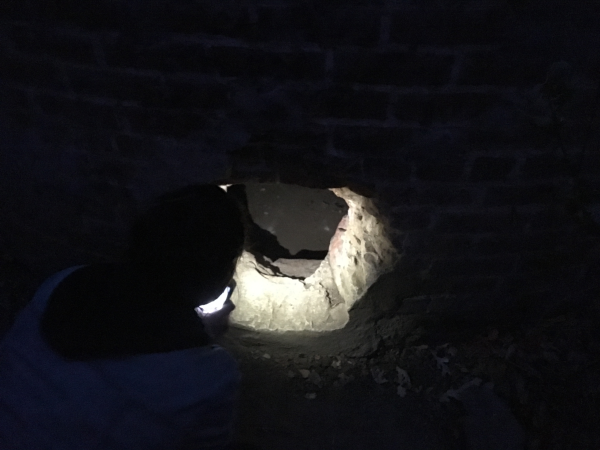

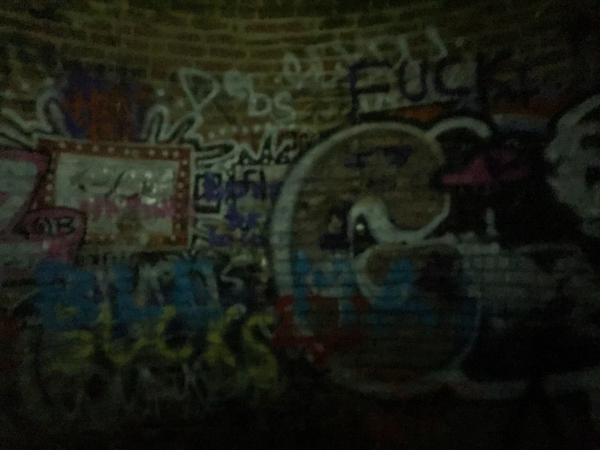
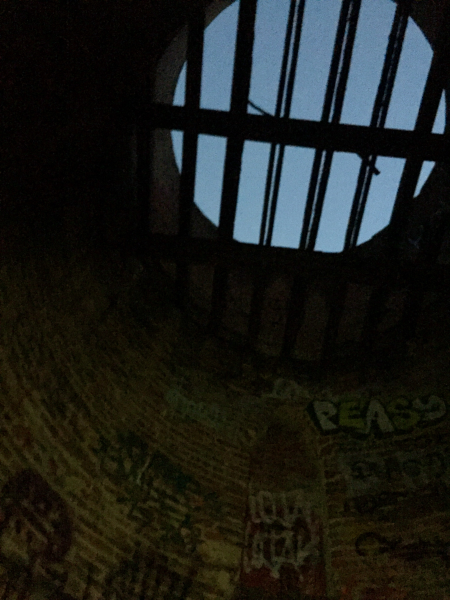
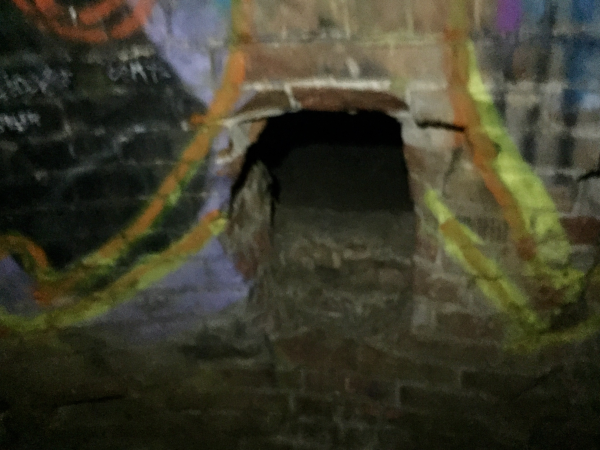
The Frenchman's Tower.
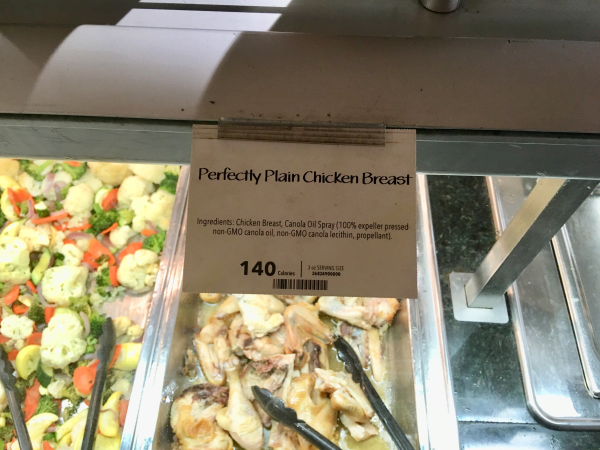
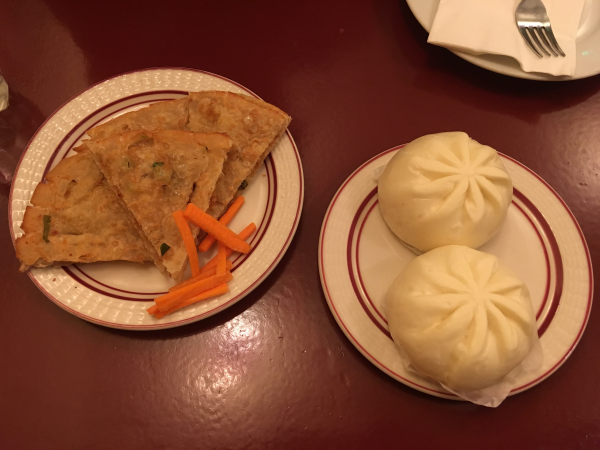
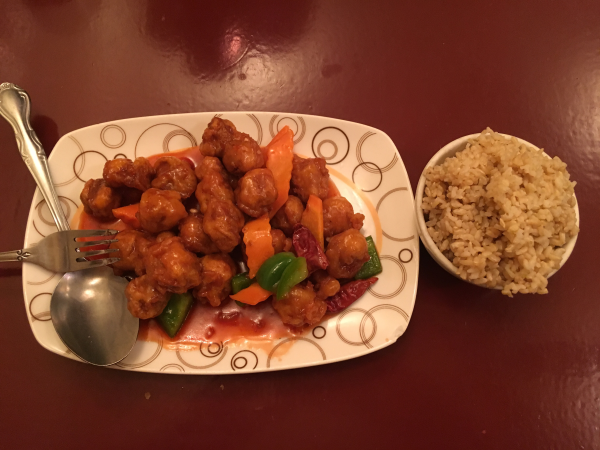
Garden Fresh!
DAY SEVENTY-THREE
Thursday, November 8th
As we drove through Silicon Valley toward San Jose, we made a few stops. Our first was to an otherwise forgettable parking lot surrounded by anonymous office buildings to look up at the Libby's water tower, the only remaining sign of what was once the largest cannery in the world. Beginning as a meat-packing company in Chicago, it later started packing fruit in Sunnyvale, where it made use of the advantageous amount of nearby orchards, the accessible railroad, and the tower as their primary source of water. At one point, they employed most of the area, but closed in 1985. Now all that was left was the water tower painted to resemble one of their cans of fruit. It was quite cute. In Santa Clara, we pulled into a church parking lot across the street from a college to check out a giant, creepy Our Lady of Peace shrine, a 32-foot-tall steel statue of the Virgin Mary. I would always think I'd think these sorta things were cool, or at least impressive, but in the end I just felt uneasy at how socially accepted such blatantly cult-like things like these were. As we approached it, two young ladies got down on their knees at her oversized steel feet and started talking at them. It was too much to bear, so we got back on the road. Just as we got into San Jose, we pulled over to see a monument to Lupe the Mammoth, who was discovered by a local mechanic walking his dog along the Guadalupe River trail when they started sniffing around what turned out to be tusks and bones sticking out of a drainage ditch. Once excavated, it revealed almost an entire skeleton of a juvenile mammoth.
We drove to the San Jose International Airport where people were getting picked up and dropped off. The monument we were looking for was hard to find--so hard, in fact, that a man outside exclaimed, "You found it!" when we pulled over and got out to see it. It commemorated the day the honeybee was officially introduced to the state of California. Twelve hives purchased from New York were transported by rail, mule, and steamship. In the end, there were only enough surviving bees to fill one hive in San Francisco, and from there the mass cultivation and exploitation of the European honeybee began. It was just a reminder that only one species of bee made the honey people now stole, sold, and ate, and that species was not even indigenous to North America, making it the invasive pollinator it was today, prioritized over other bees and butterflies because they literally vomited a profitable foodstuff.
We got into a residential area of the city and took advantage of the free parking provided by the Rosicrucian Egyptian Museum, our next stop. It sat right across the street from a middle school in a large and elaborate area of property designed in an attempt at Egyptian aesthetic. Next to the museum was an outdoor park full of statues, gardens, a large board of the ancient Egyptian game called Senet, and a Peace Park where columns held up largely empty spaces of contemplation next to palm trees and a small pond swimming with koi fish. This was also the home of their headquarters. We walked around and explored the outdoors as we waited for it to turn 4, after which the museum would be free to enter. The Rosicrucian Order was a secretive spiritual movement based off an amalgamation of several esoteric religious texts, allegedly dating back to the 1300s, according to the manifestos that were uncovered in Germany in the 1600s. They apparently based a lot of their ideas and mythology after those of the ancient Egyptians. The Rosicrucian Egyptian Museum itself was fascinating, and just the overall sophistication of Egyptian technology, fashion, and culture was really impressive to me. We had an hour before close to take in as much of their 4,000 artifacts as we could, which included mummified animals, tools, kitchenware, jewelry, beauty supplies, cosmetics, art, toys, shirts, weapons, papyrus, sandals, and more. The level of DIY skill required by these sophisticated artificers to live what even by current standards would appear quite comfortably, was inconceivable to me. All of their pieces were acquired between 1915 and 1927, though most were obtained during excavations financed by the Rosicrucian Order in 1921. There were four actual human mummies there, three of which remained in their sarcophagi. One was an unknown child.
While trying to find another statue in the downtown area, the sun had fallen and we were basically lost. In a moment of vegan serendipity, we had passed by a Cinnaholic, so we had to stop. They were a customizable cinnamon bun chain, like Cinnabon but entirely vegan and gourmet, with almost thirty locations across America and Canada, and I hadn't been to one in about two years, though I thought about them often. They created, hands down, the best cinnamon buns in America, and we read were in the process of trying to expand and take over mostly college towns all across the country. I got mine topped in pumpkin spice frosting, pie crumbles, and pecans, with one of their perfect brownies to share with Alyssa.
For dinner, we ate at an awesome vegan spot called The Happy Hooligans, whose menu was packed with comfort food. As soon as we walked in, we were thankfully able to nab some delicious barbecue chicken someone didn't finish. I got a house-made lavender soda, and we split an order of buffalo cauliflower and a Breakfast Bowl, which included tater tots loaded with scrambled tofu, diced ham, cheese sauce, pico de gallo, sour cream, and avocado. As an entree, I got the Backyard BBQ burger--a beef patty topped with mac and cheese, white cheese sauce, house bacon, fried onion rings, and of course barbecue sauce. We totally did not finish it all in just one sitting, but ate leftovers off the hood of the car later that night at another 24-hour Safeway. I cannot remember what provoked it, but that night Alyssa was acting weird, and eventually came out about feeling really jealous about my friend Amanda who we'd met back in Oakland. She projected a lot of her insecurities out on me and no amount of reassurance seemed to work. It was strange witnessing her exhibit jealousy over another woman for a change.
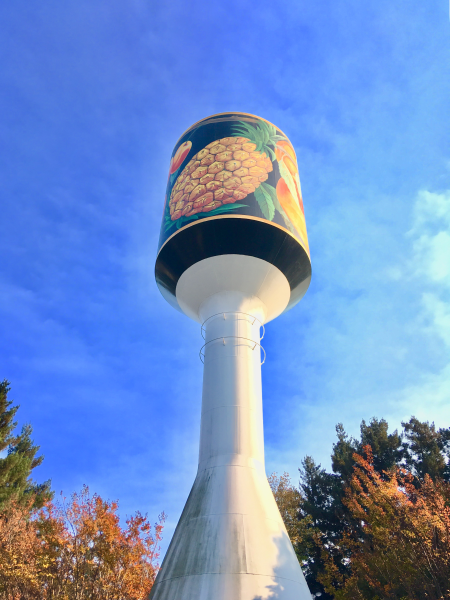
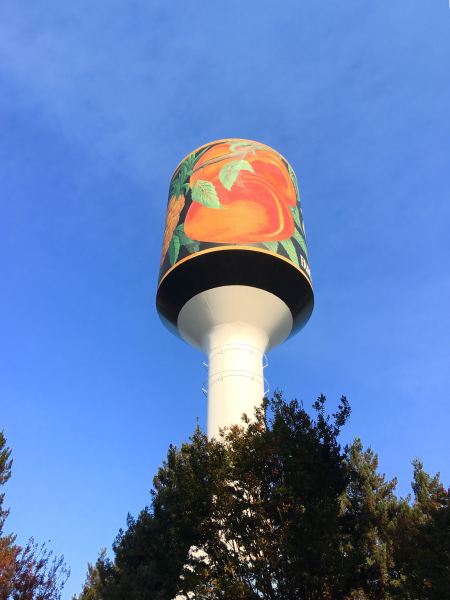

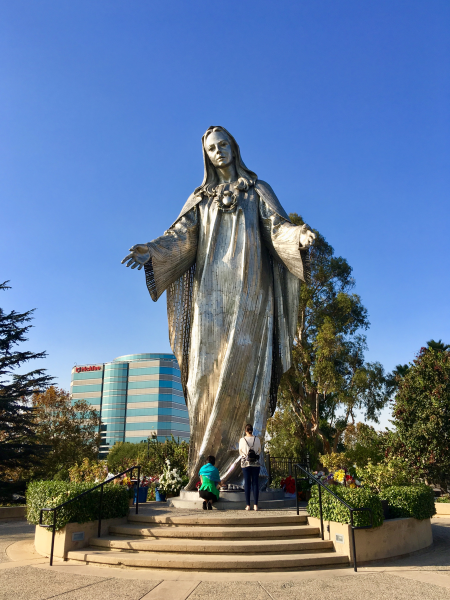
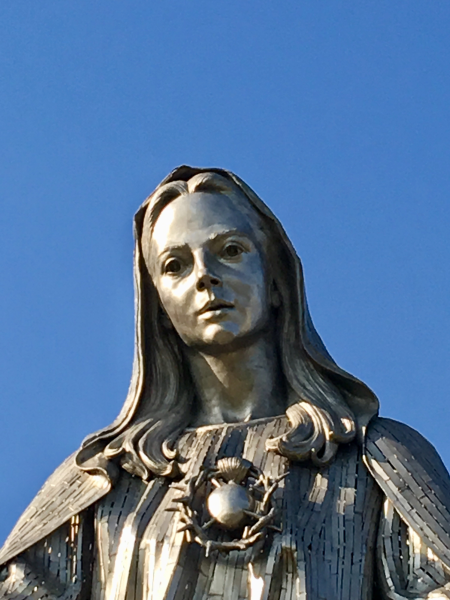
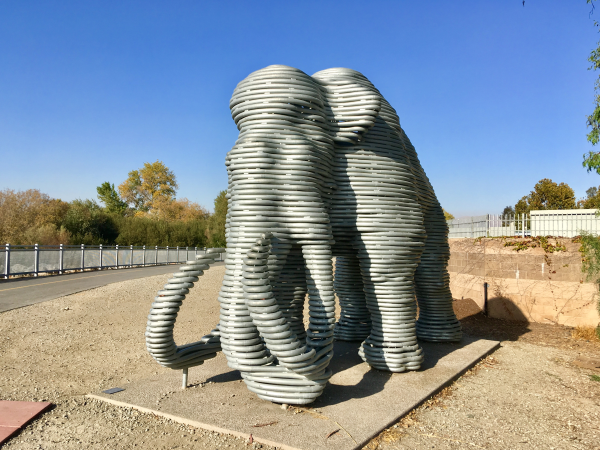
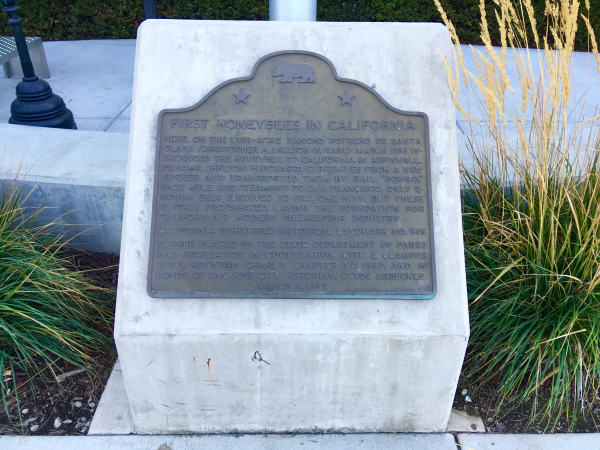
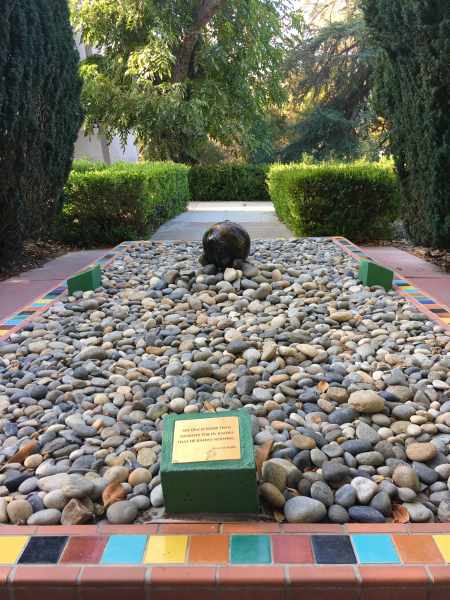
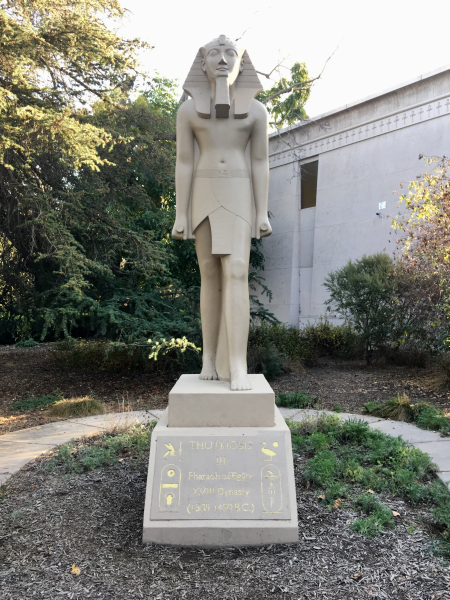
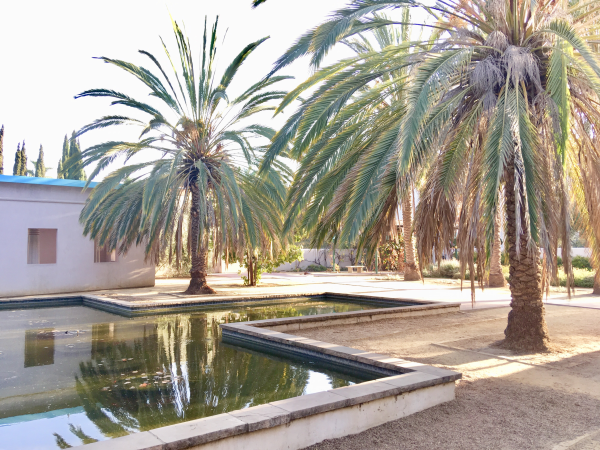
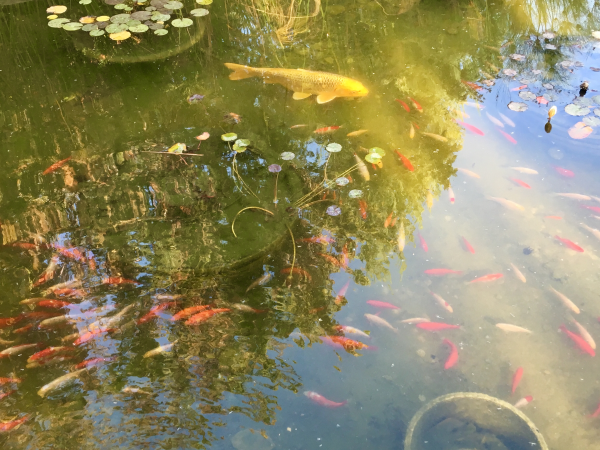

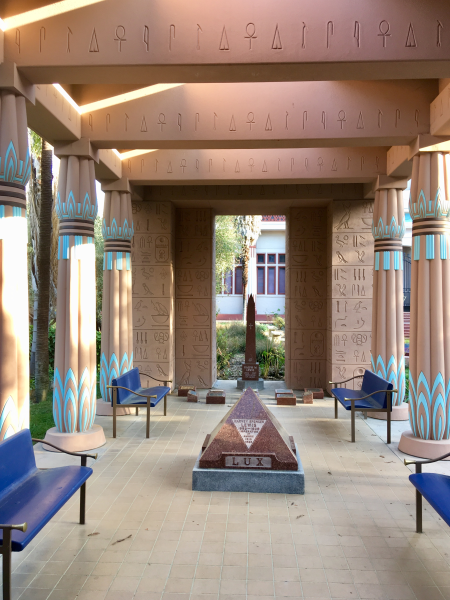
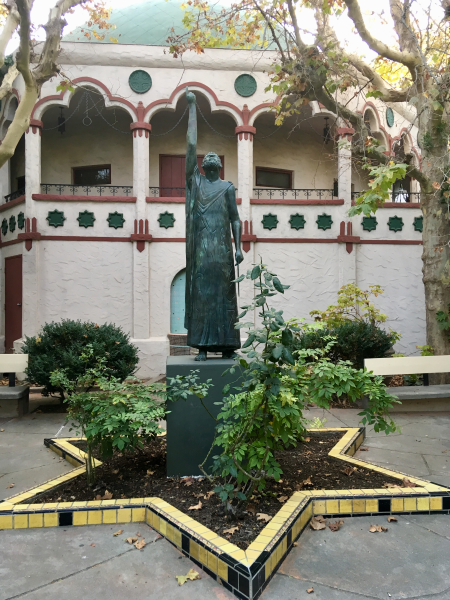
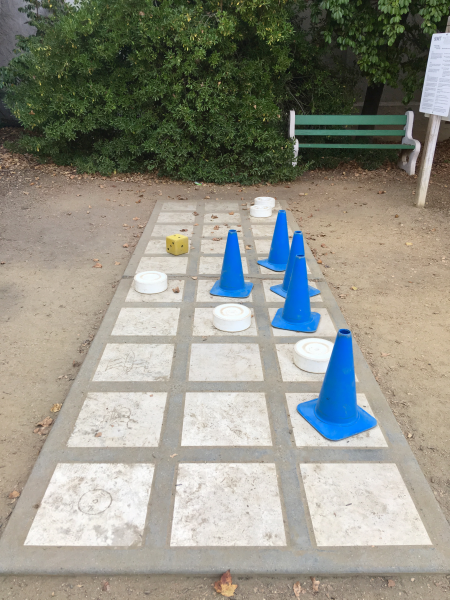
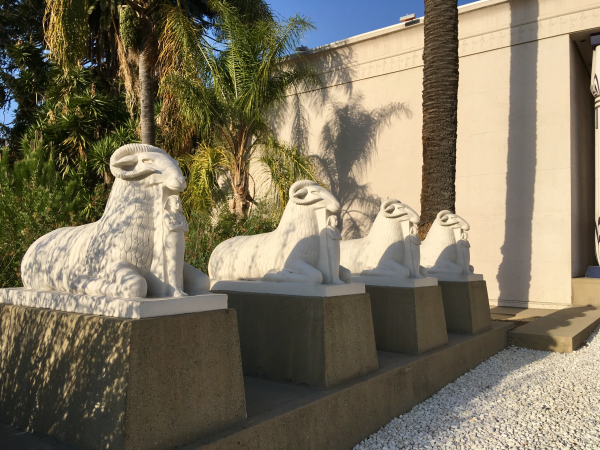
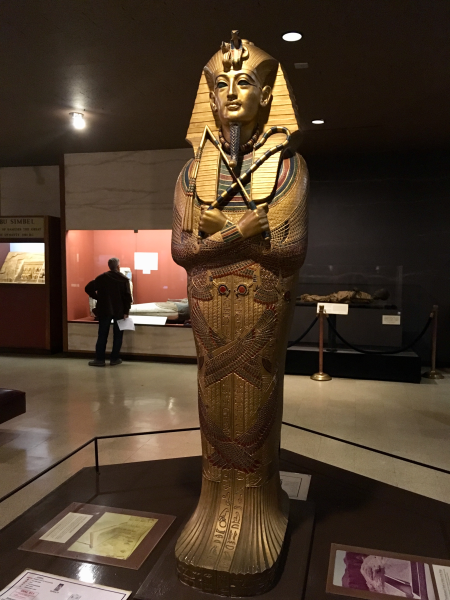
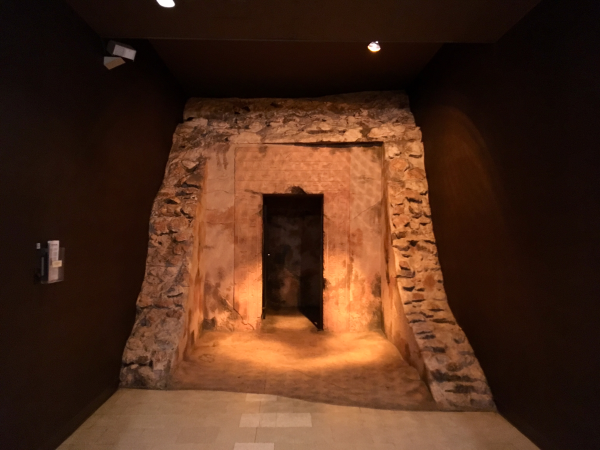
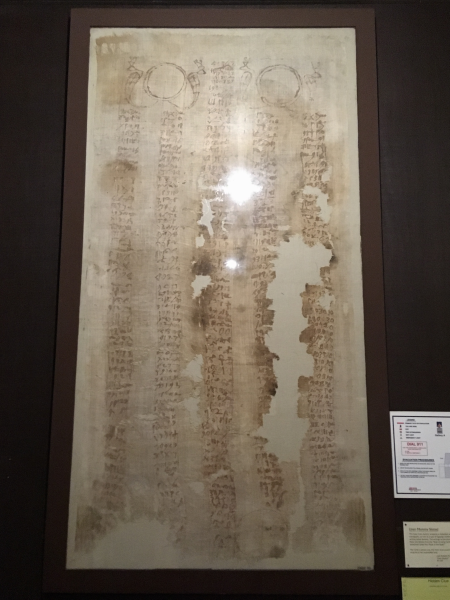
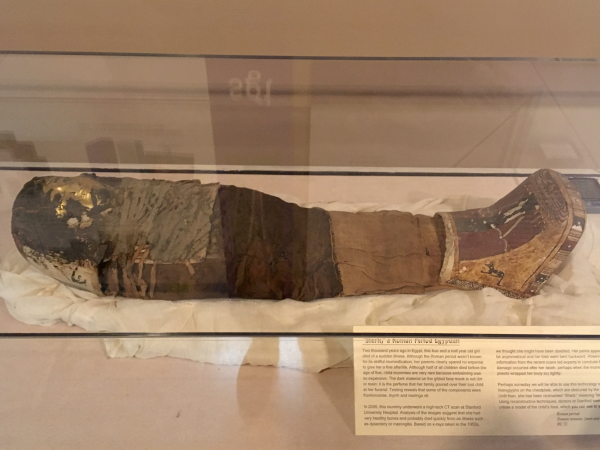
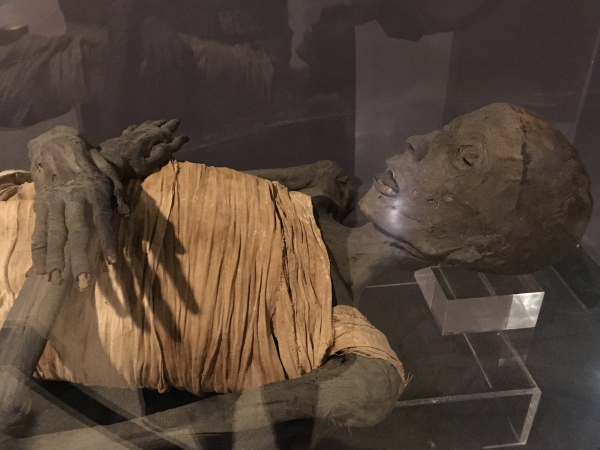

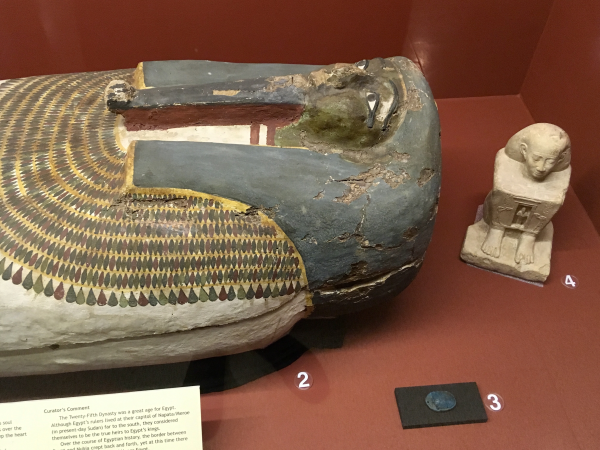
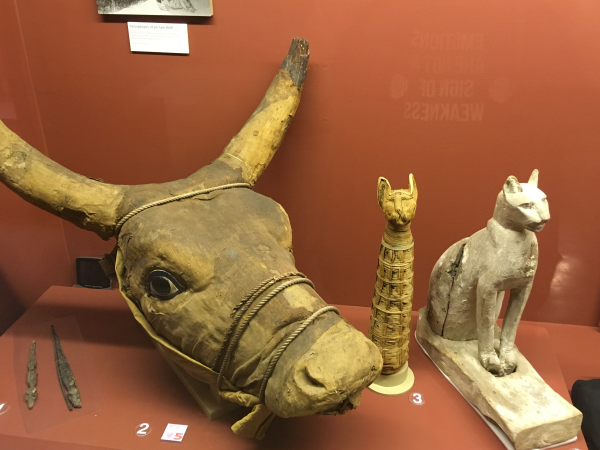
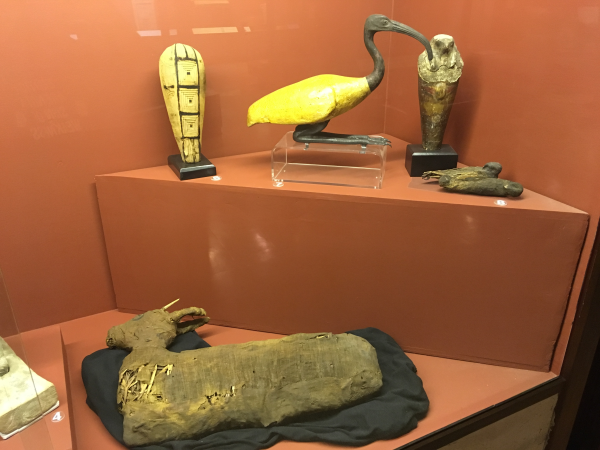
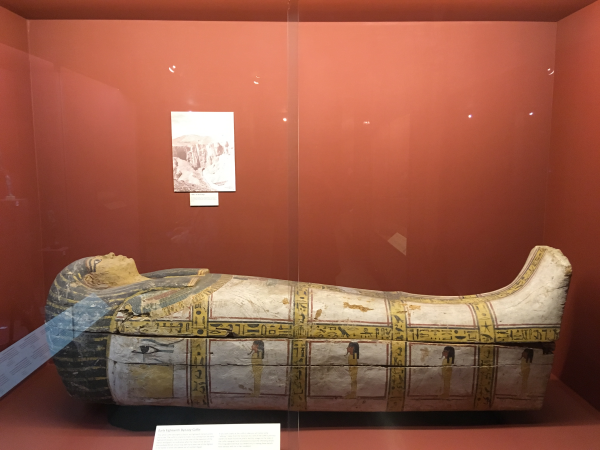
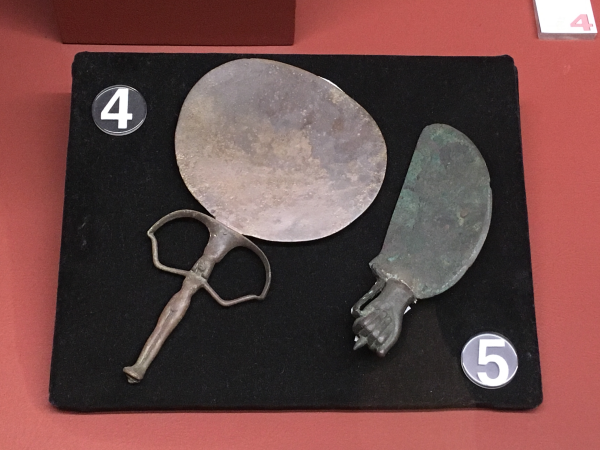
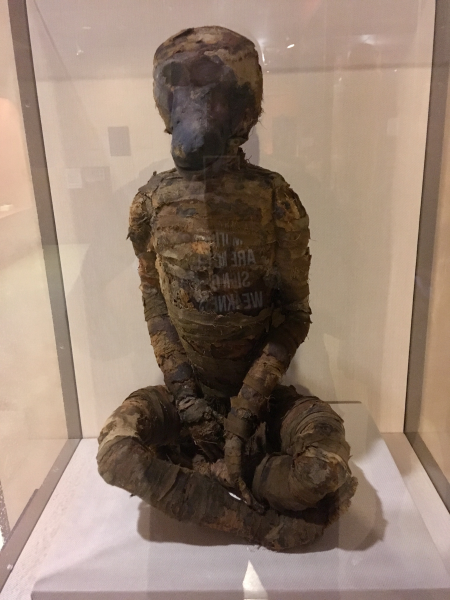
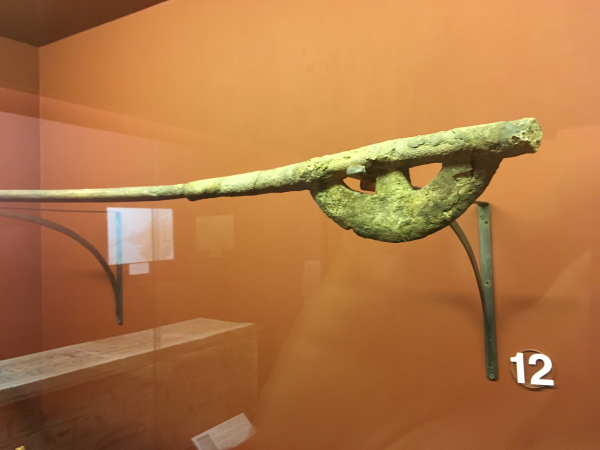
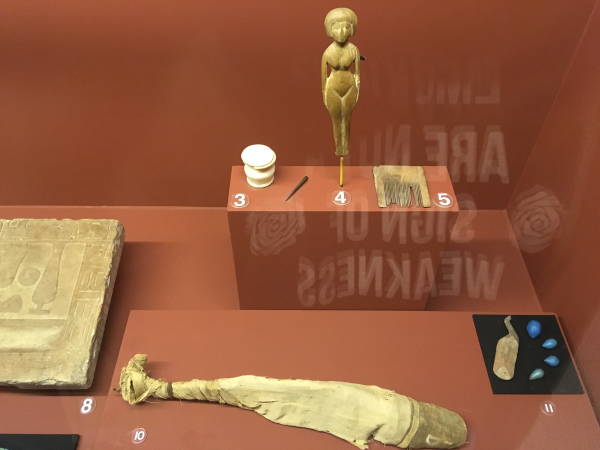
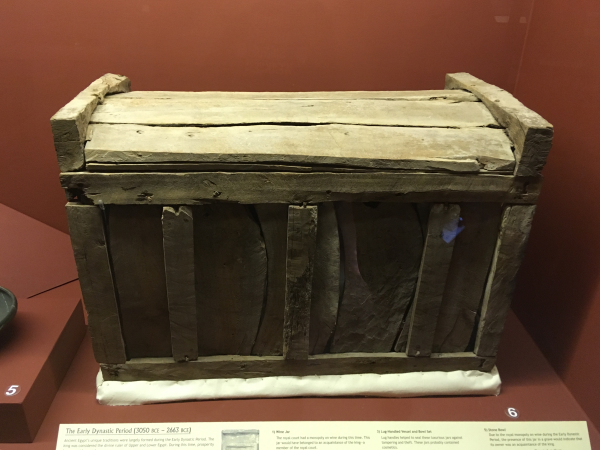
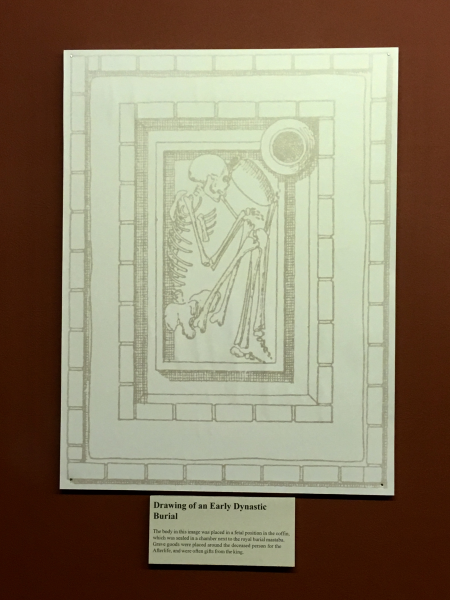
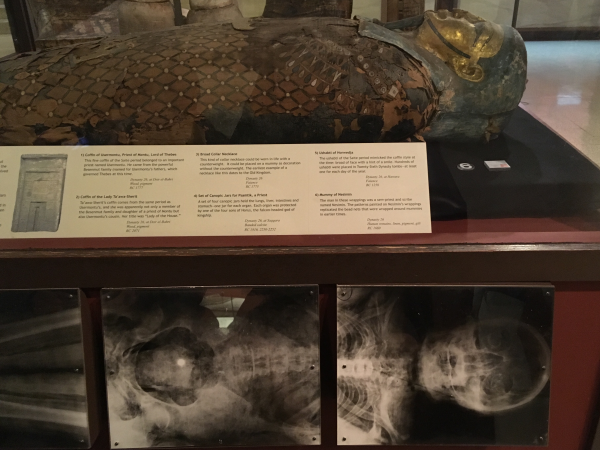
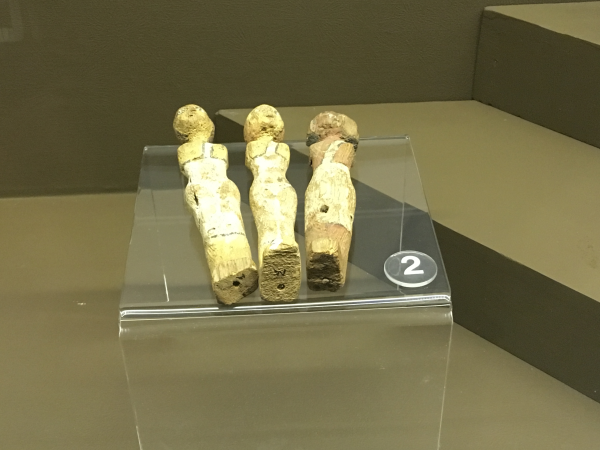
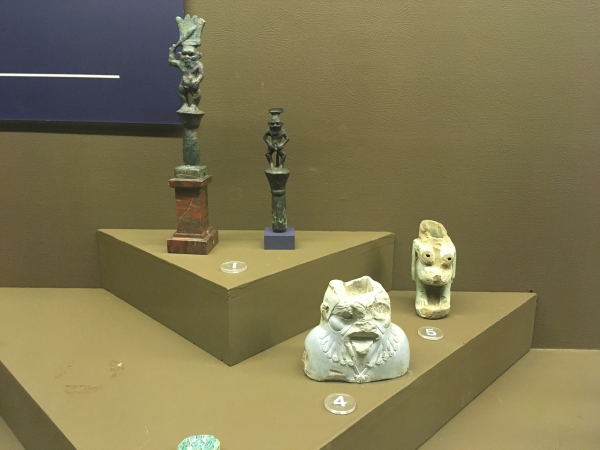
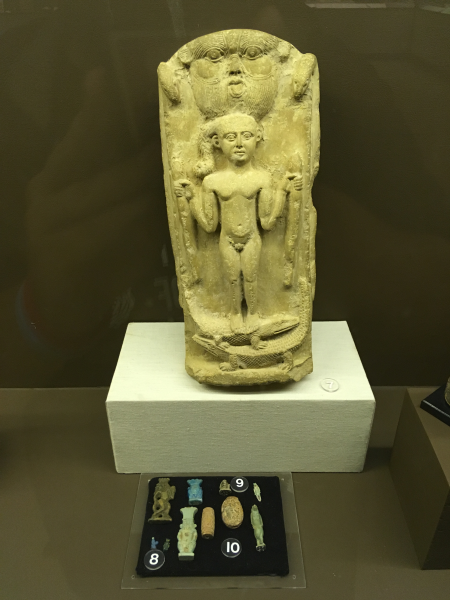
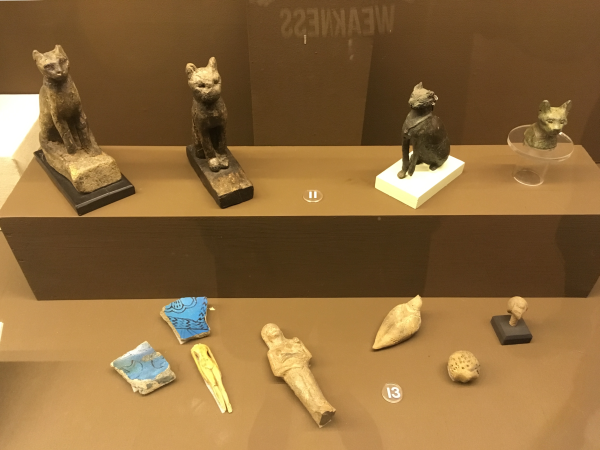
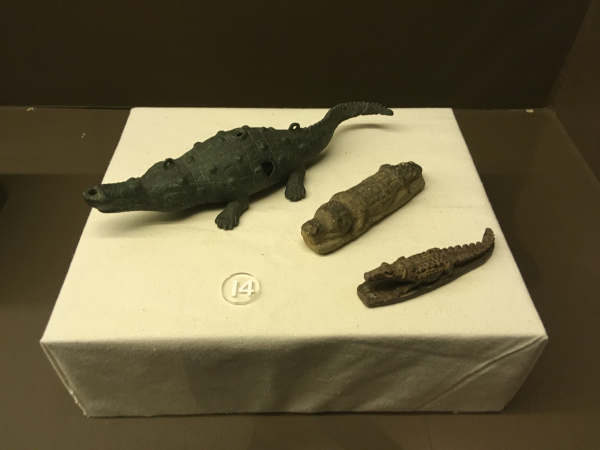
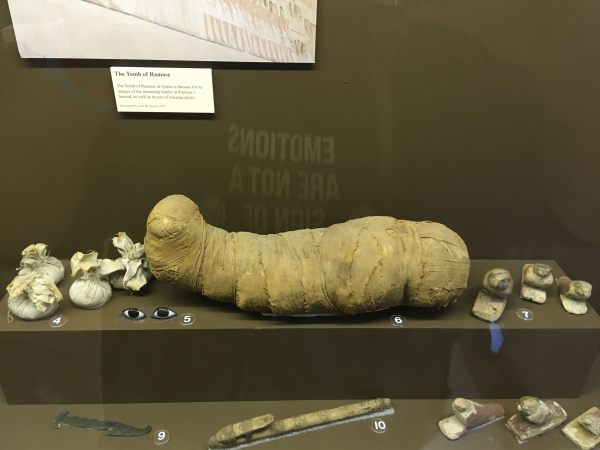
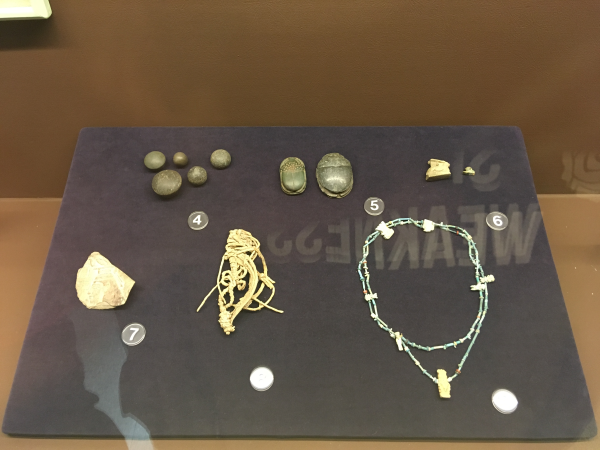
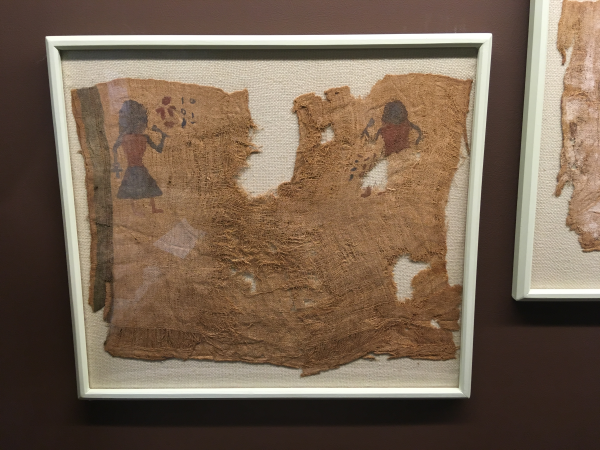
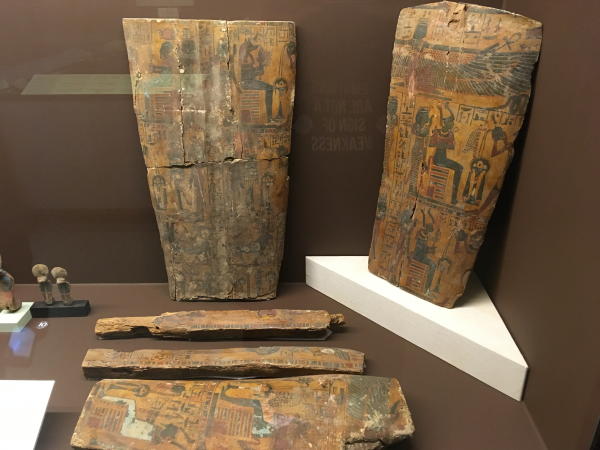
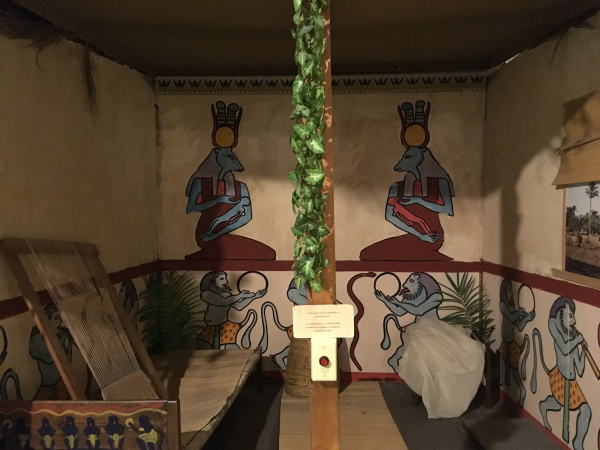
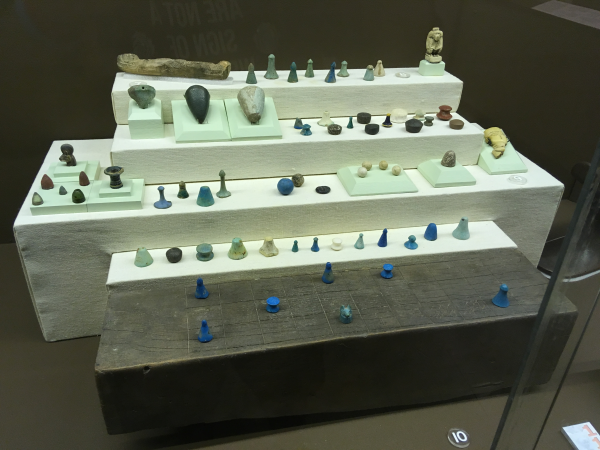
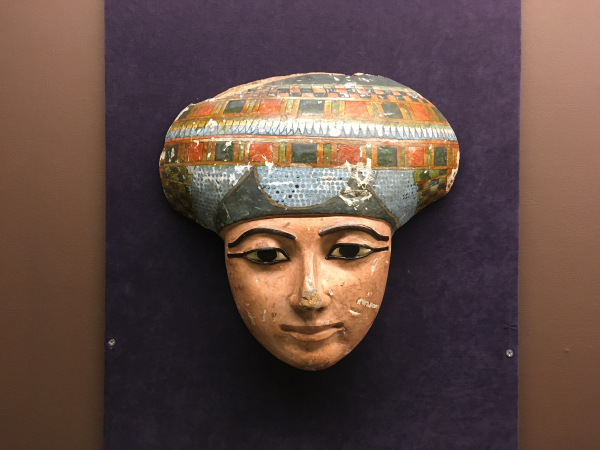
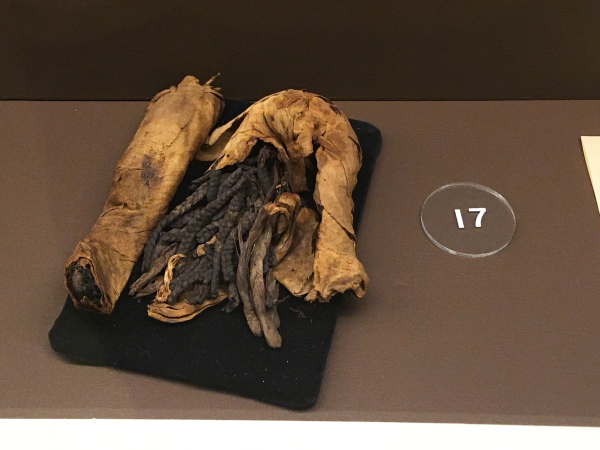
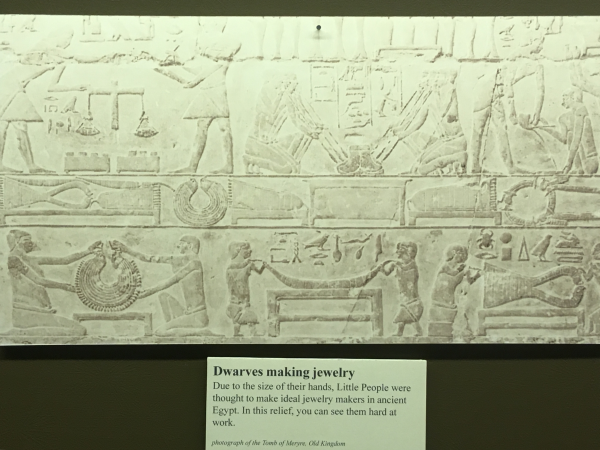
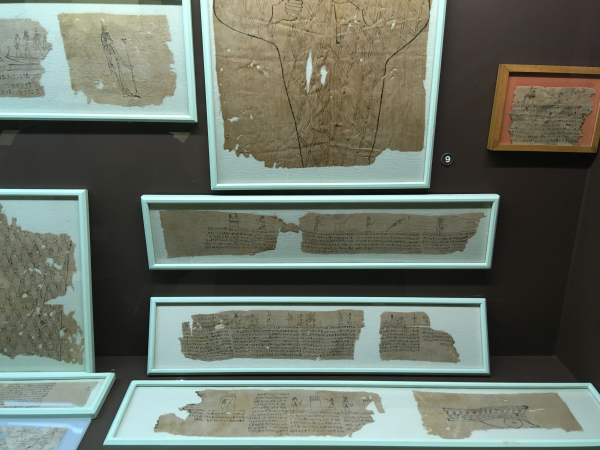
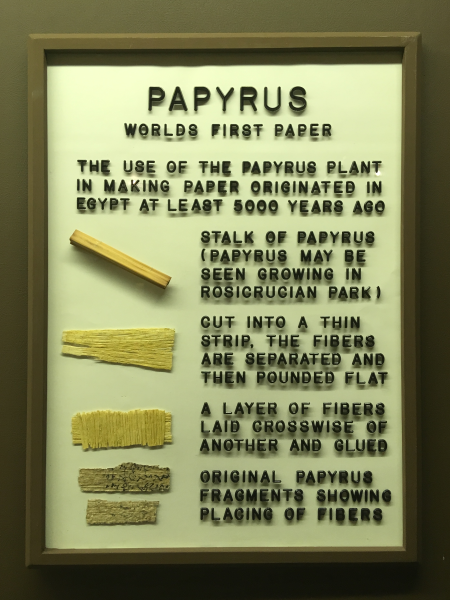
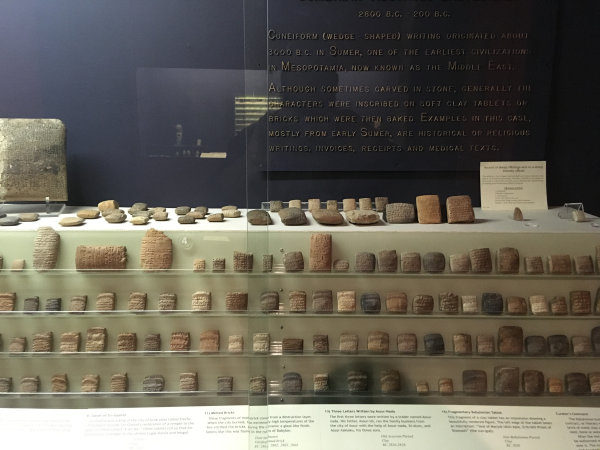
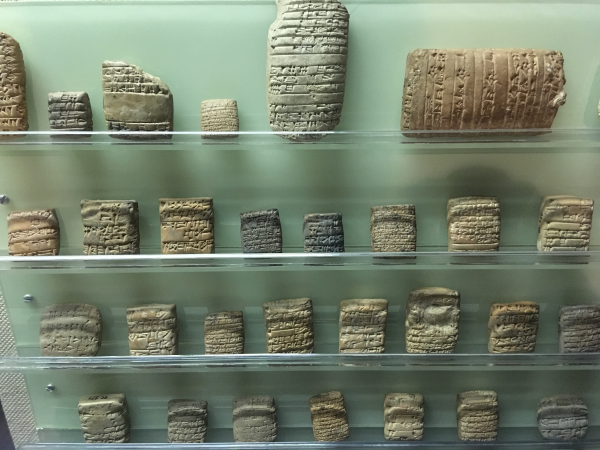
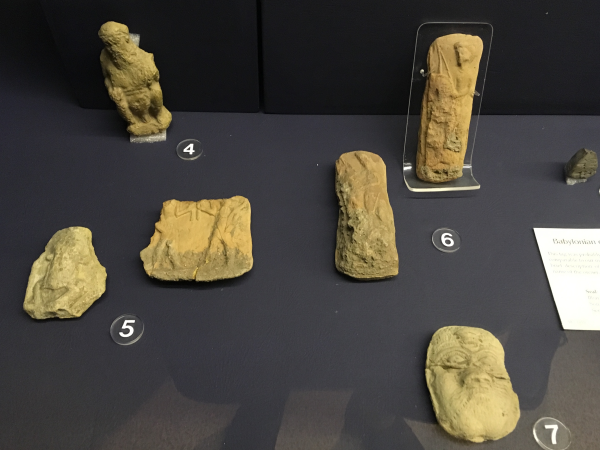
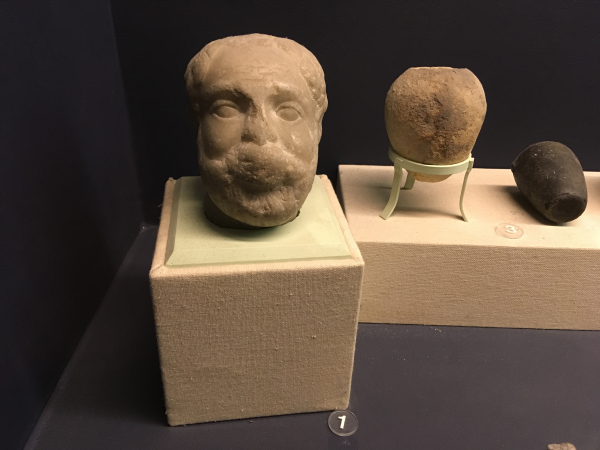
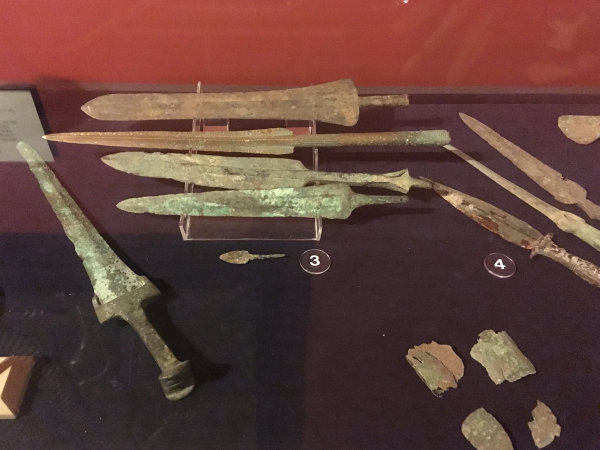
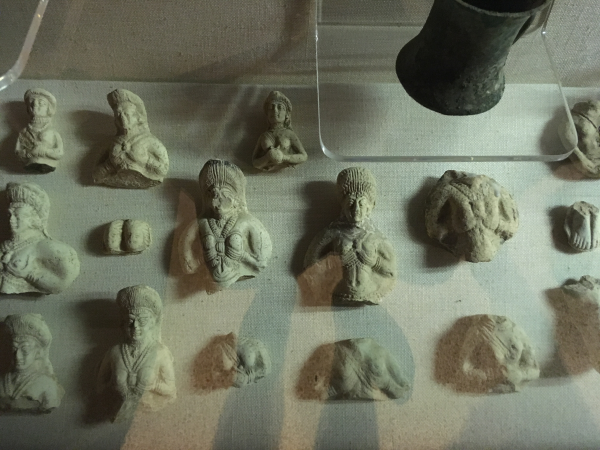
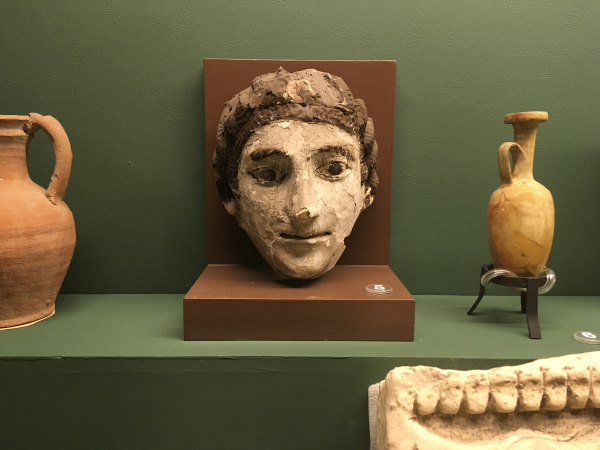
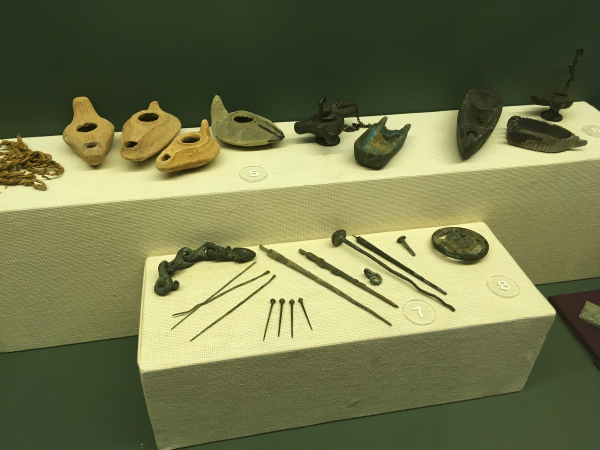
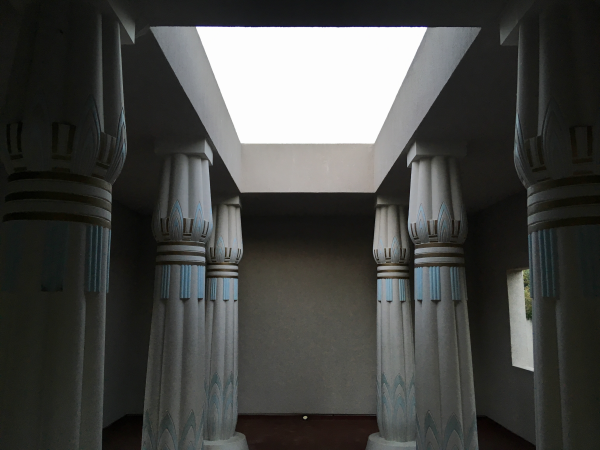
A ton of pictures from the Rosicrucian museum!
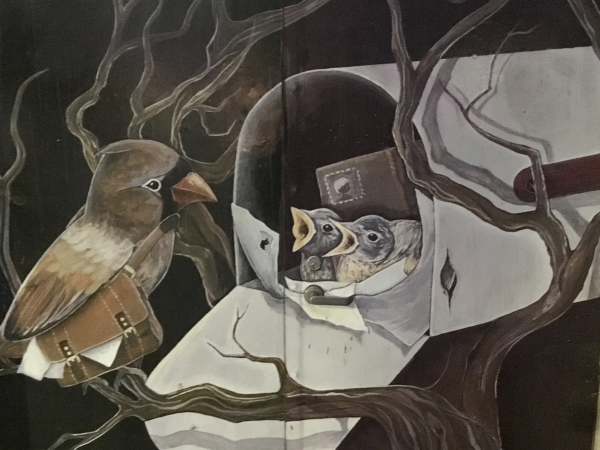
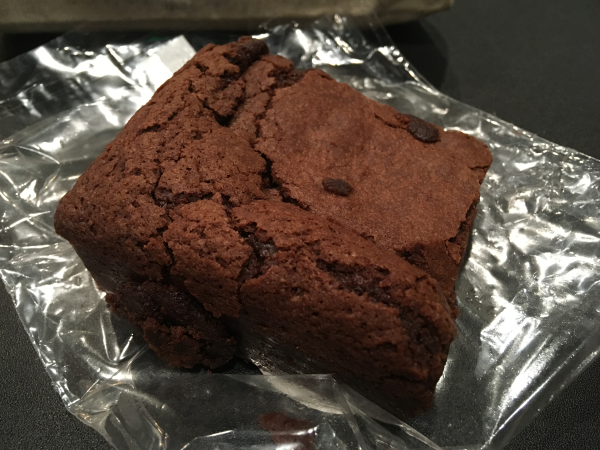
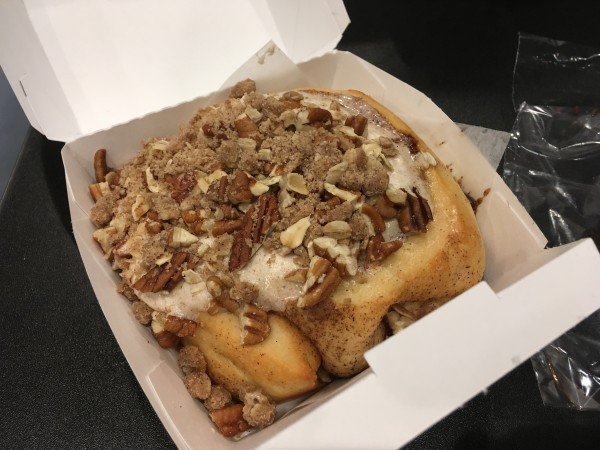
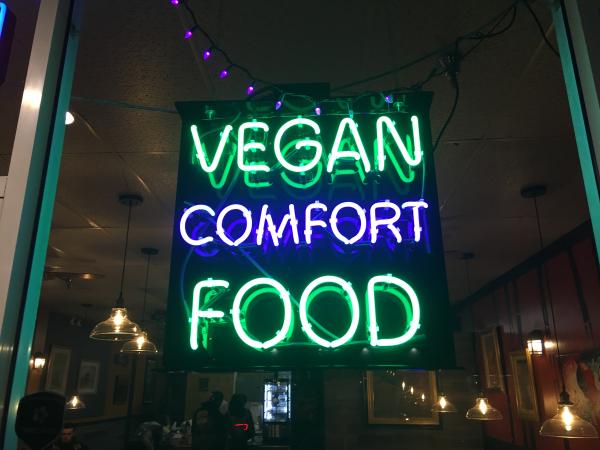
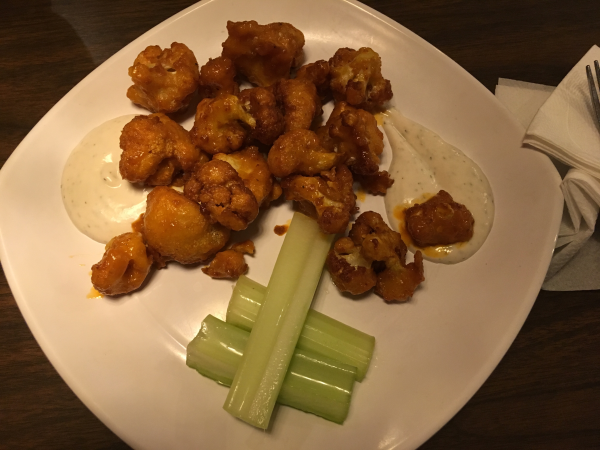
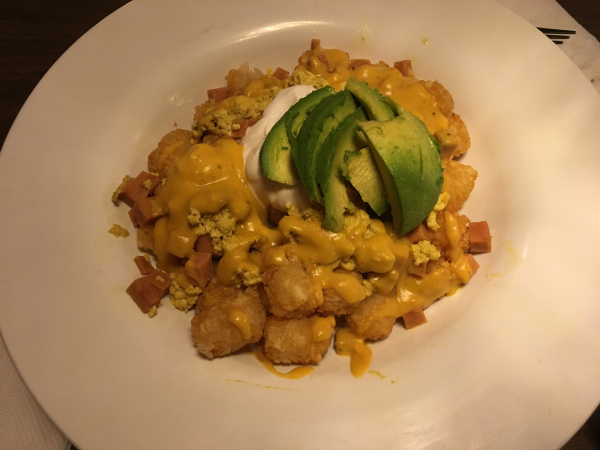
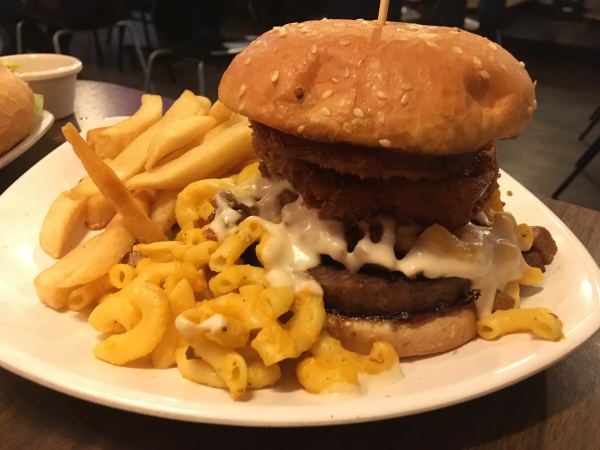
Cinnaholic and Happy Hooligans!